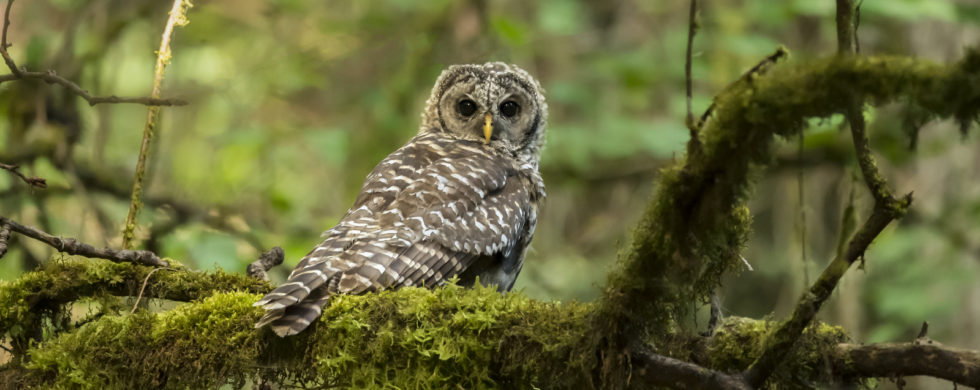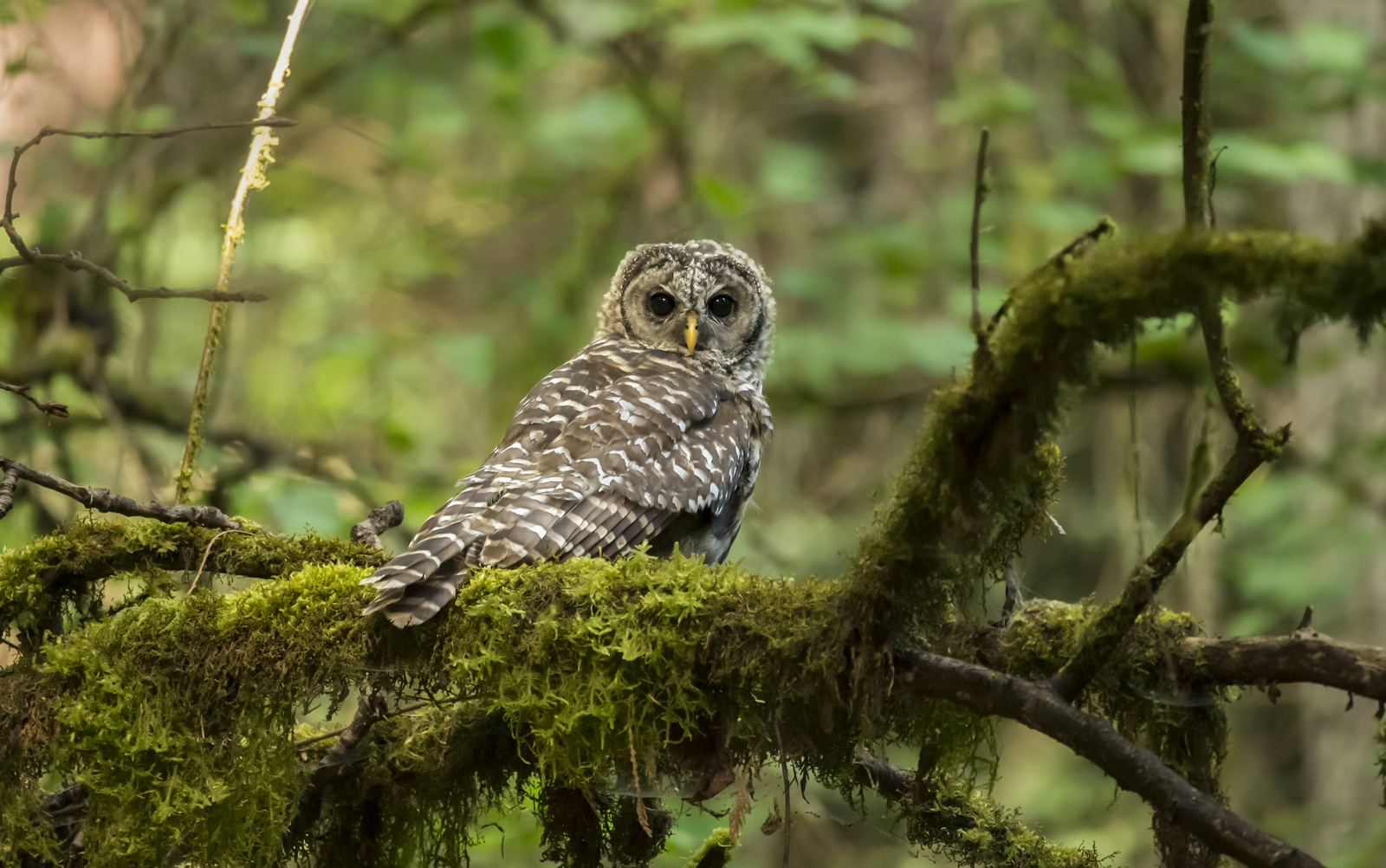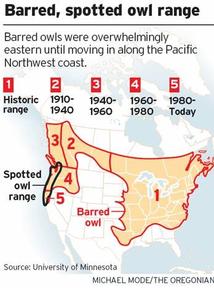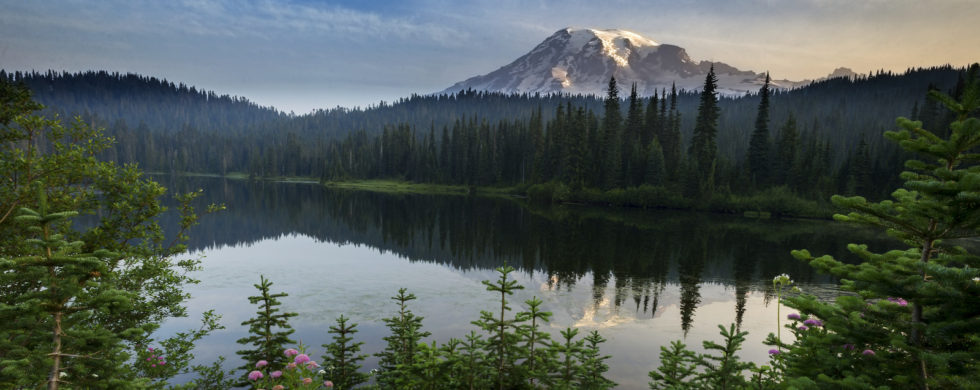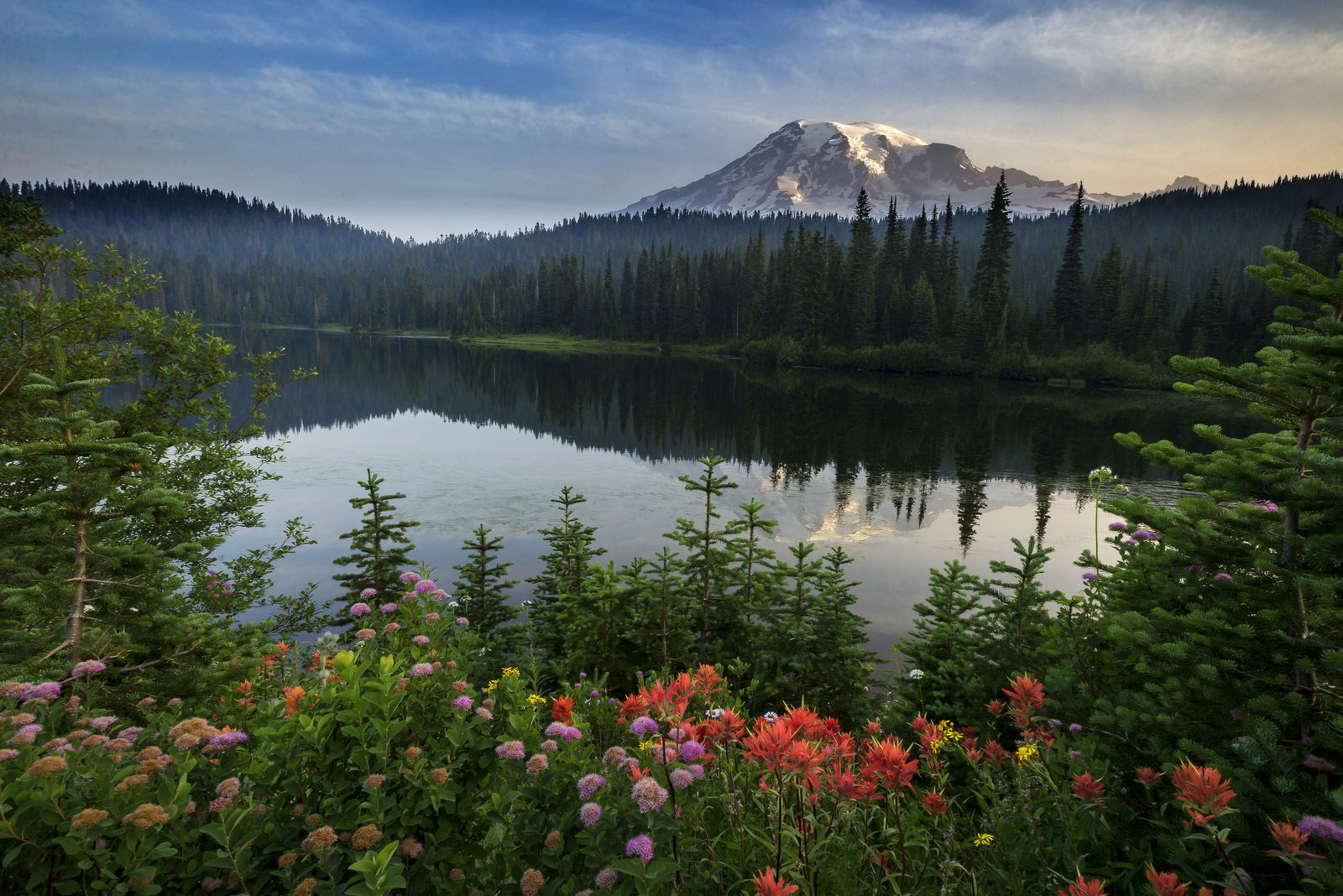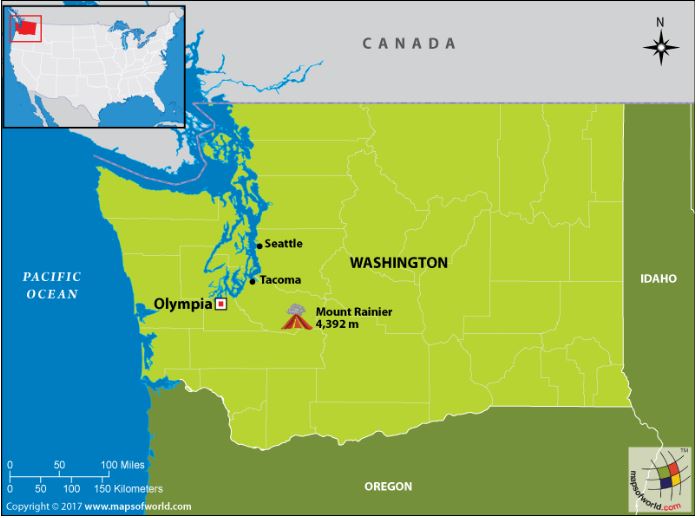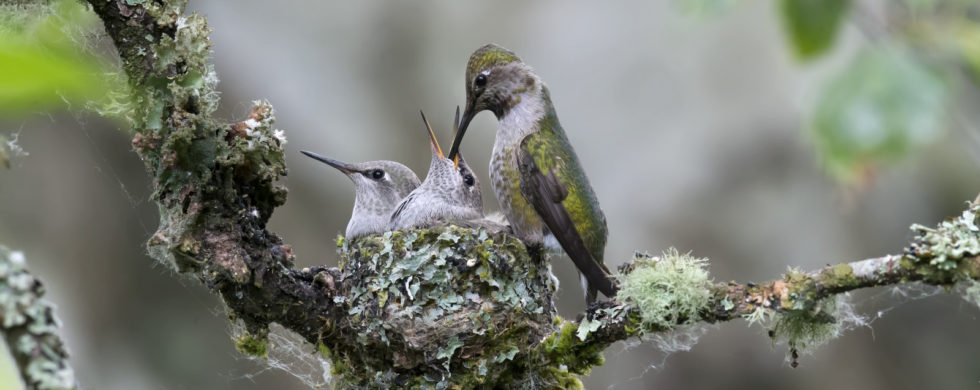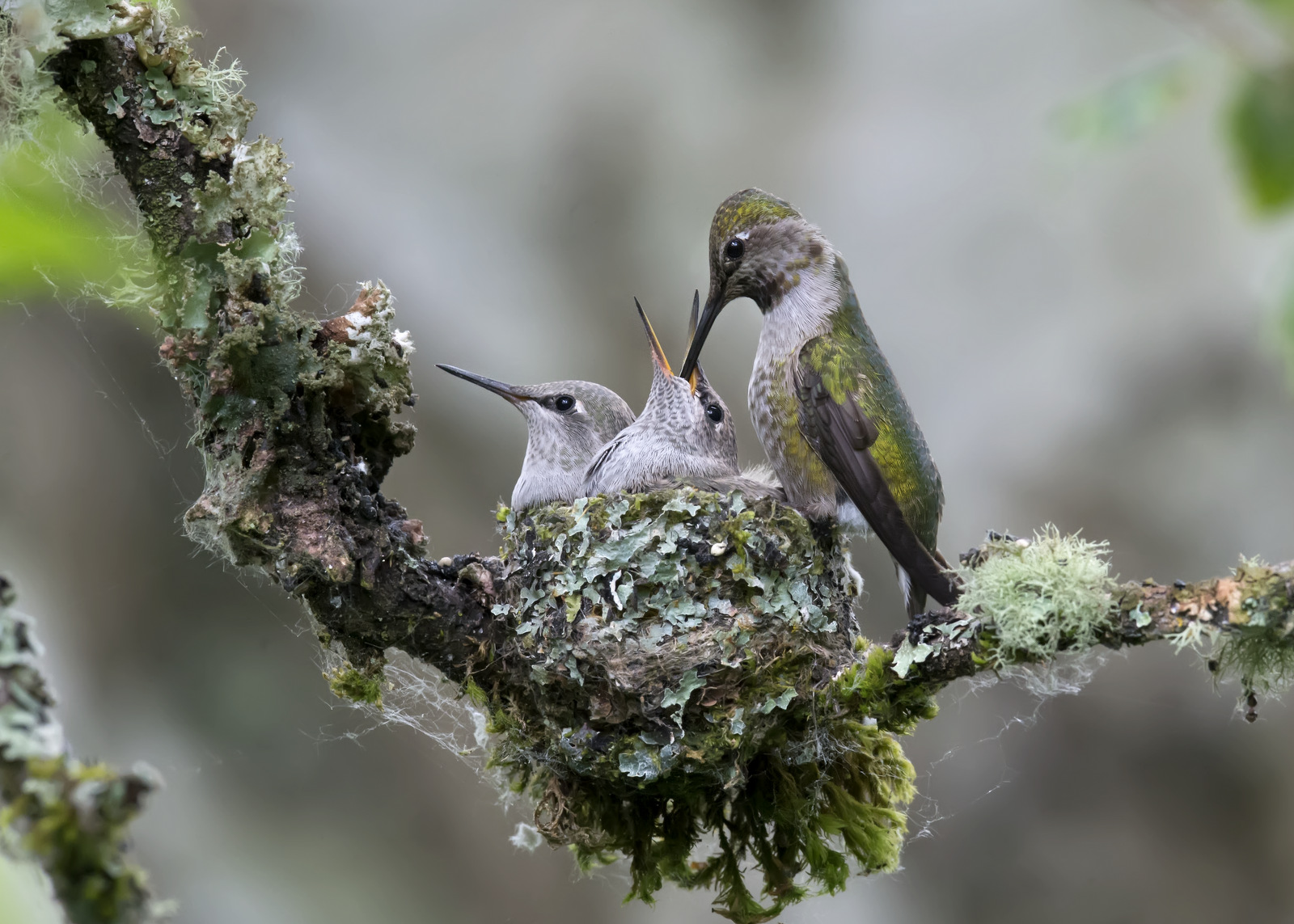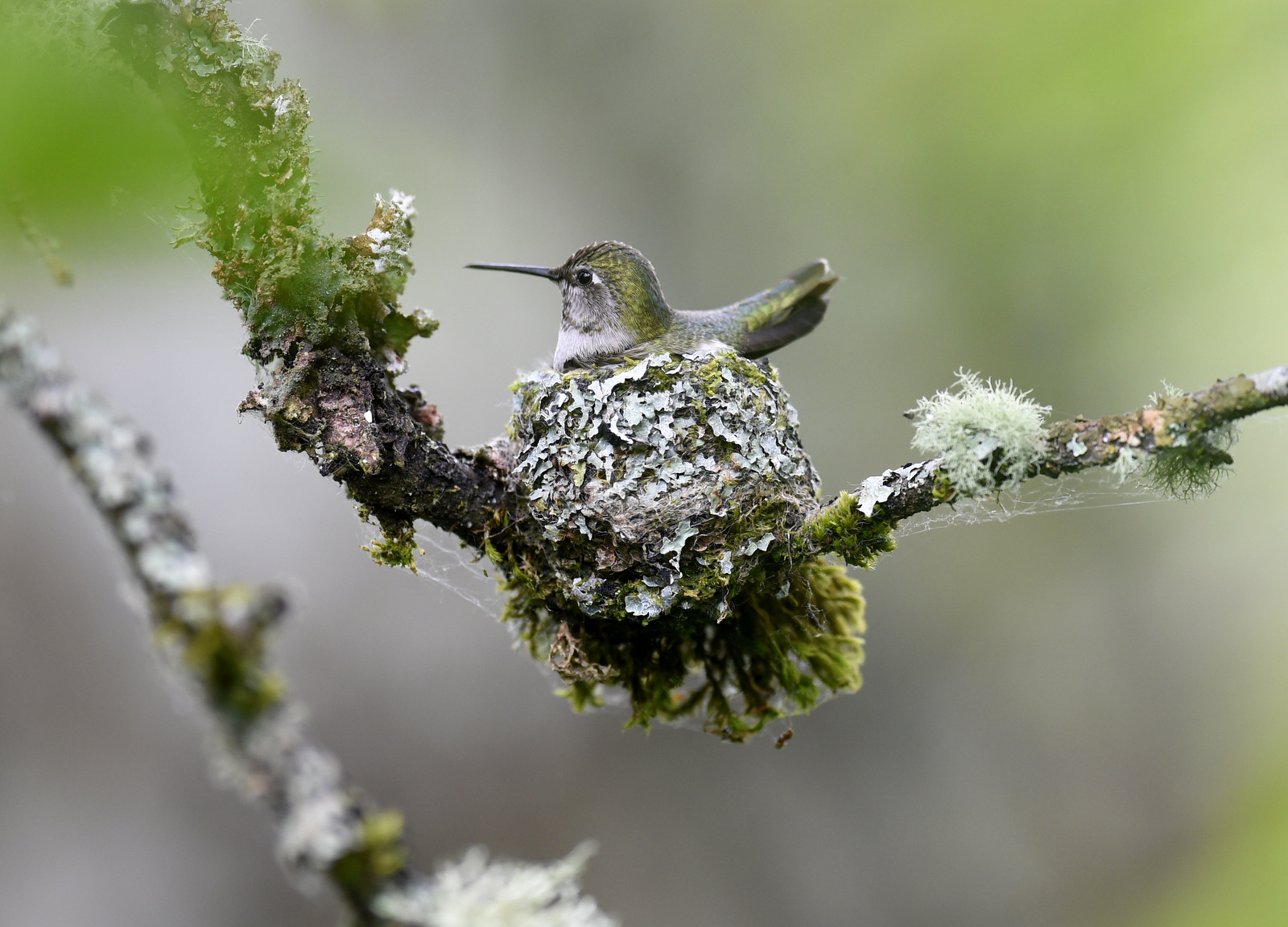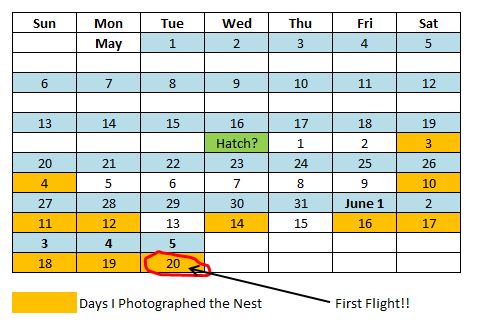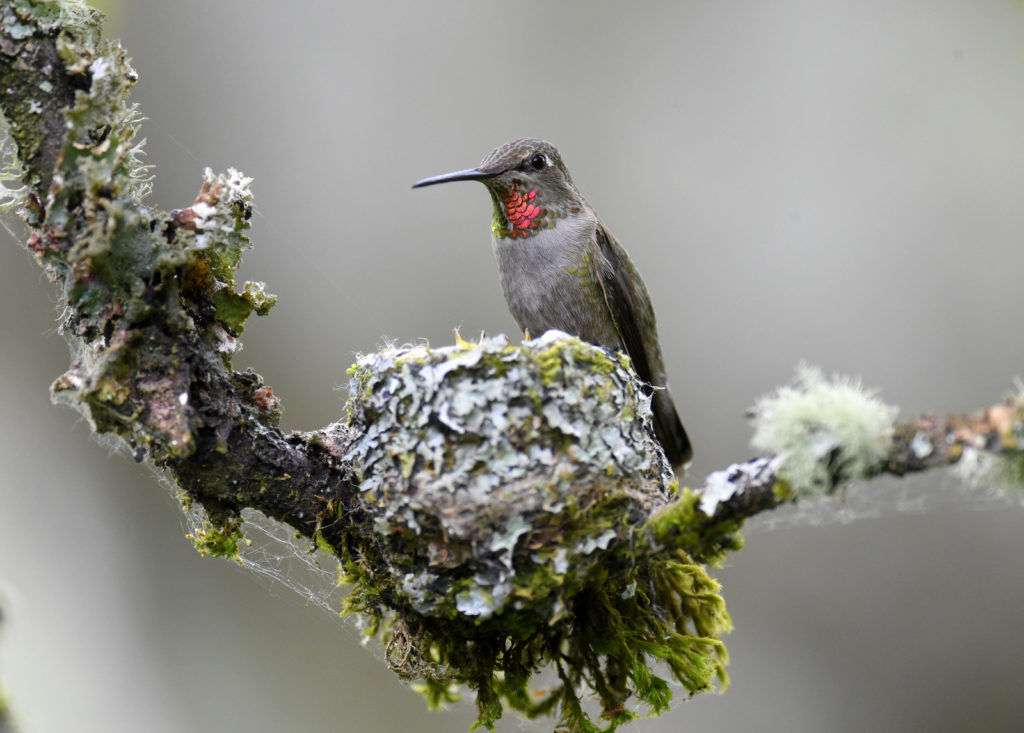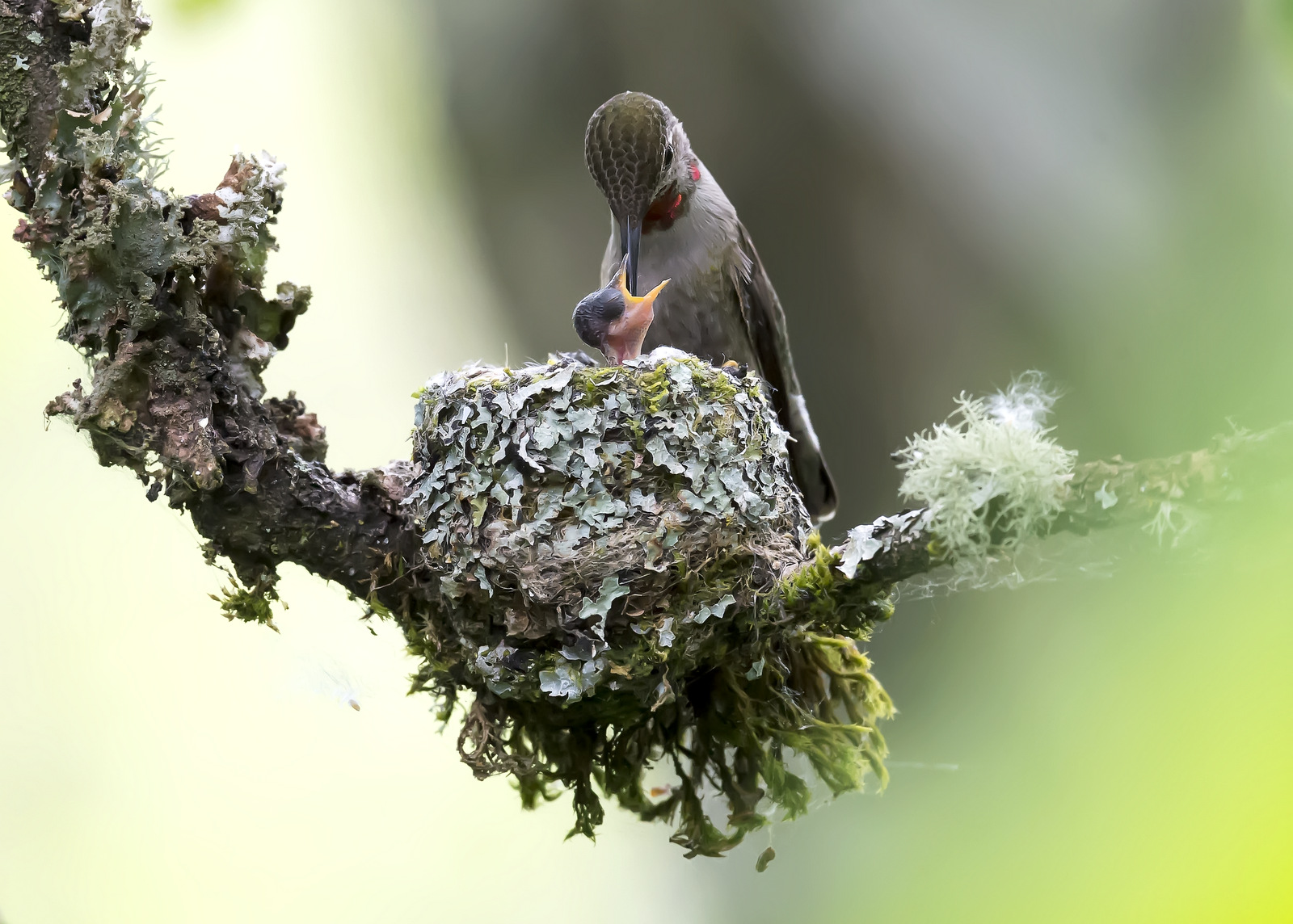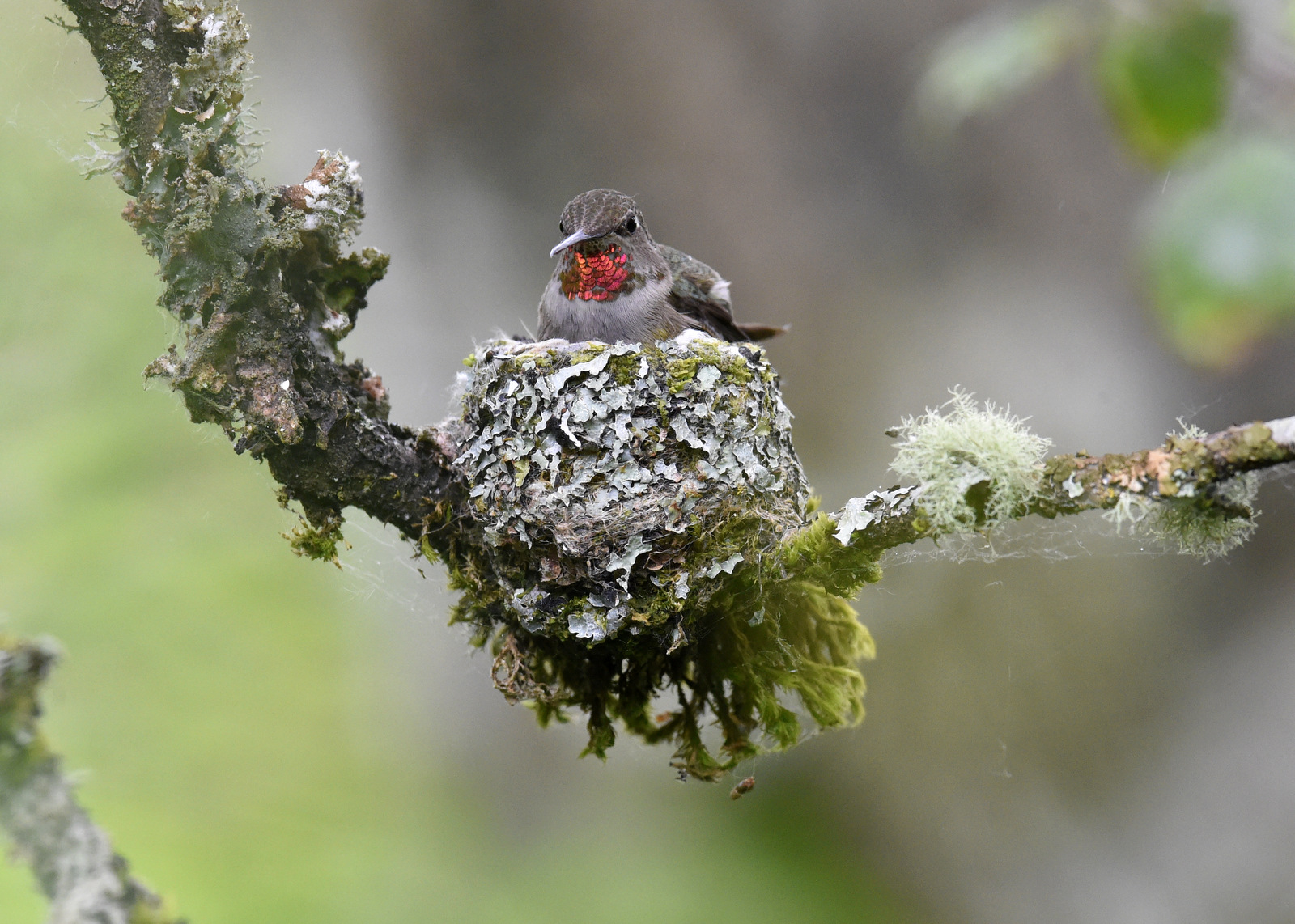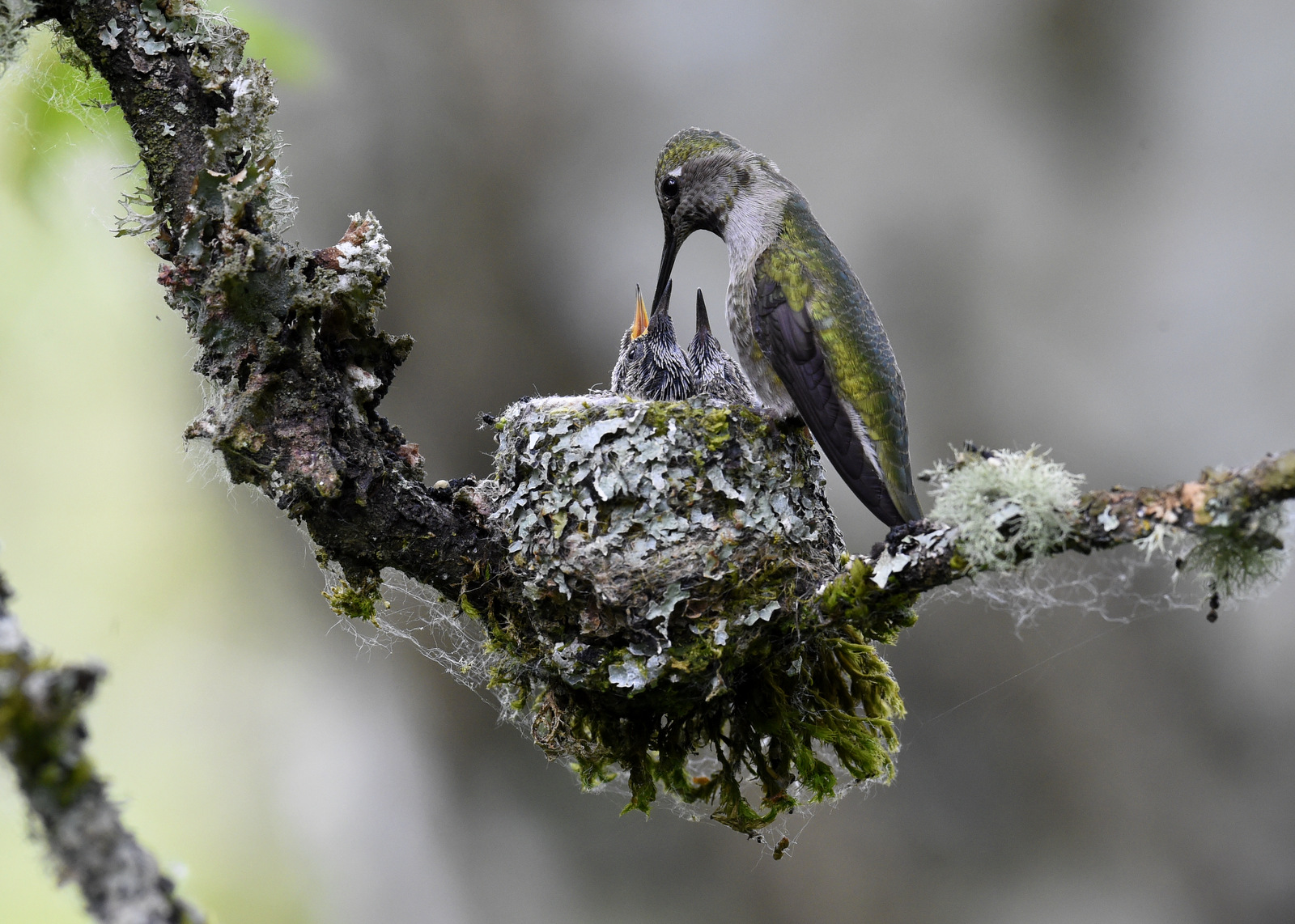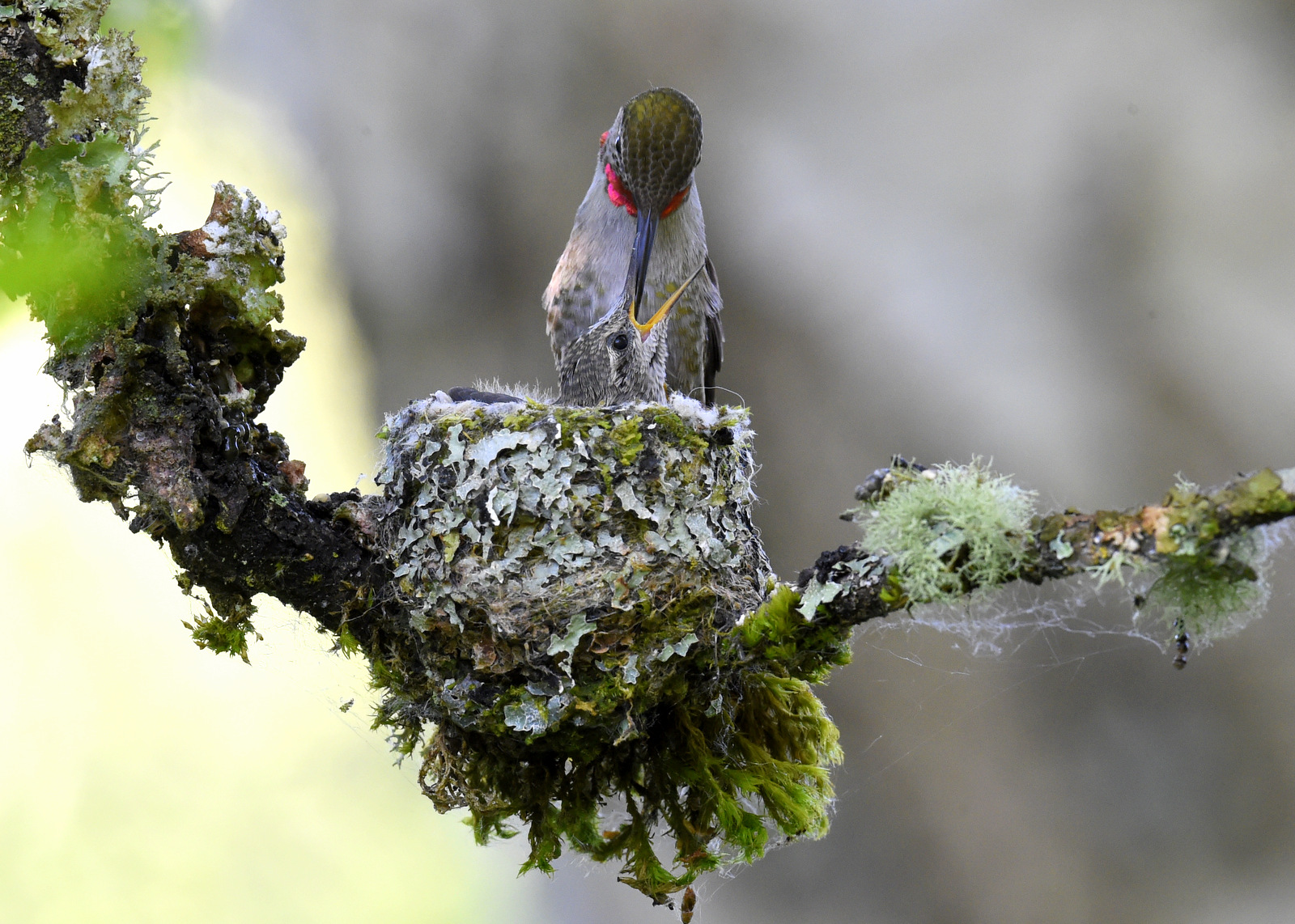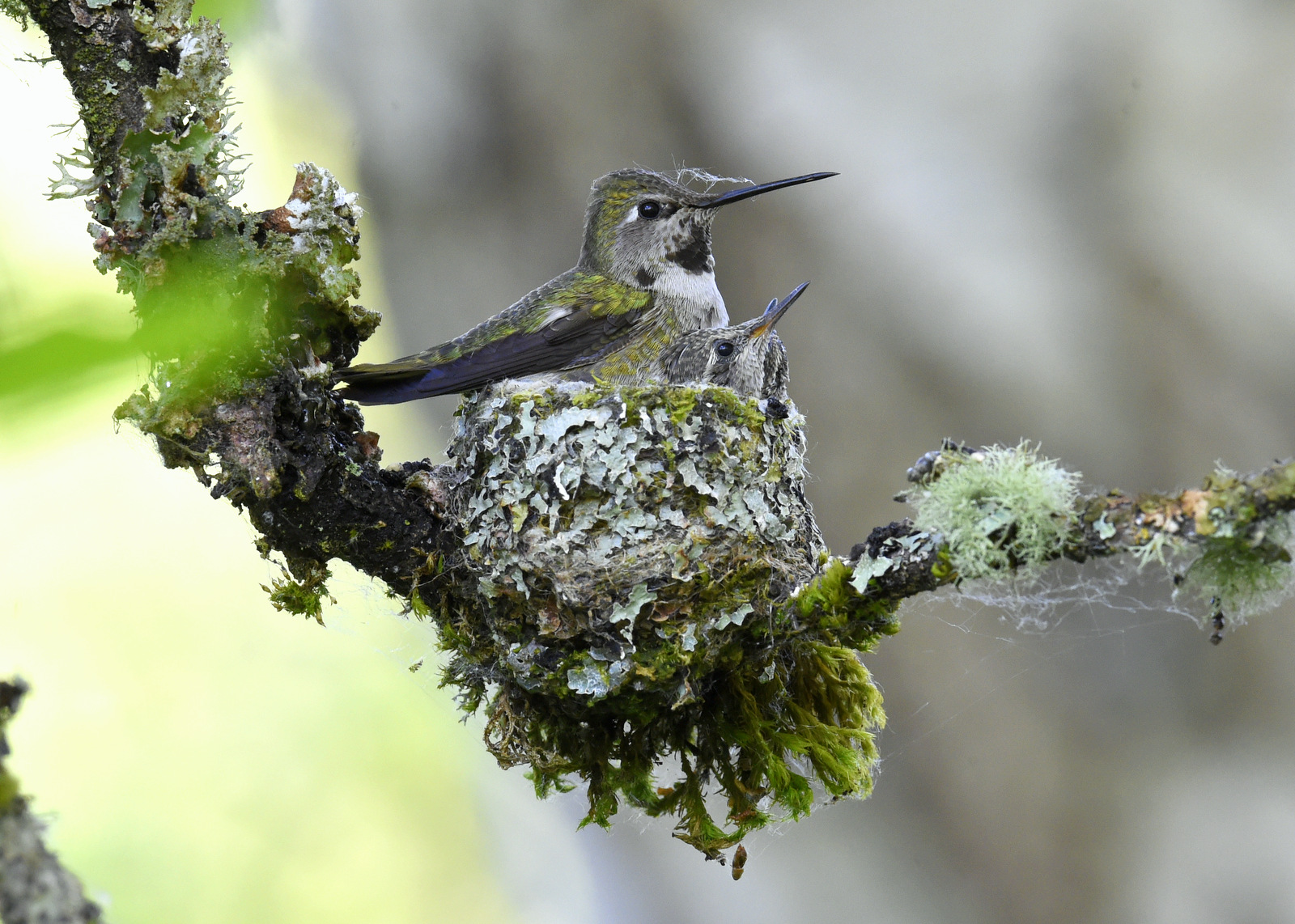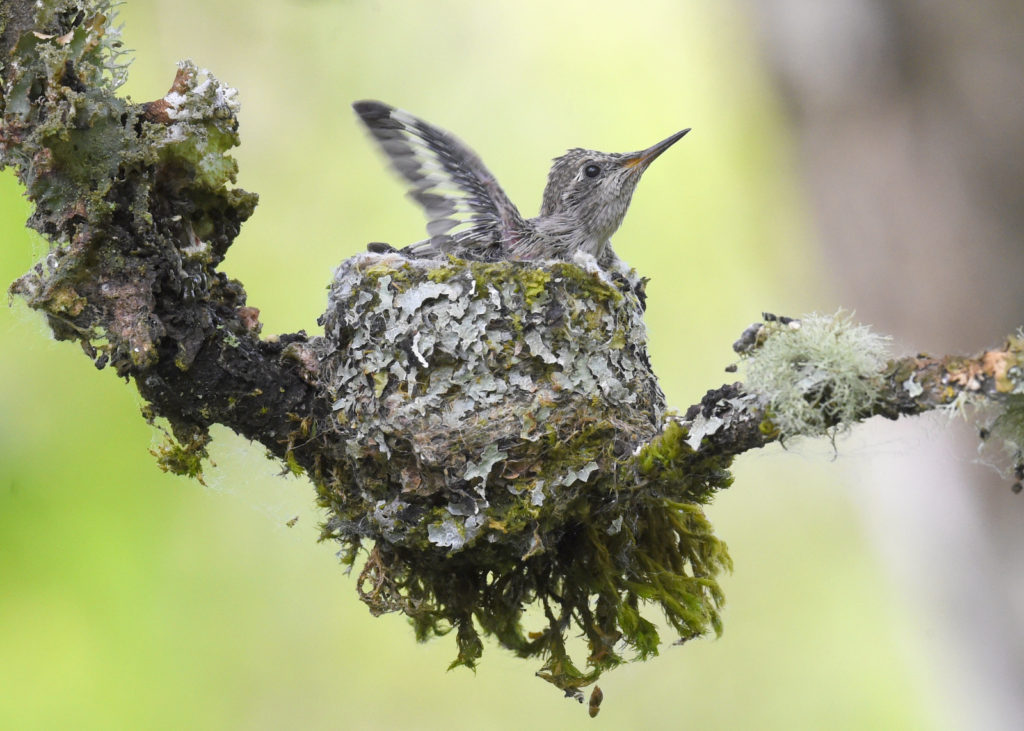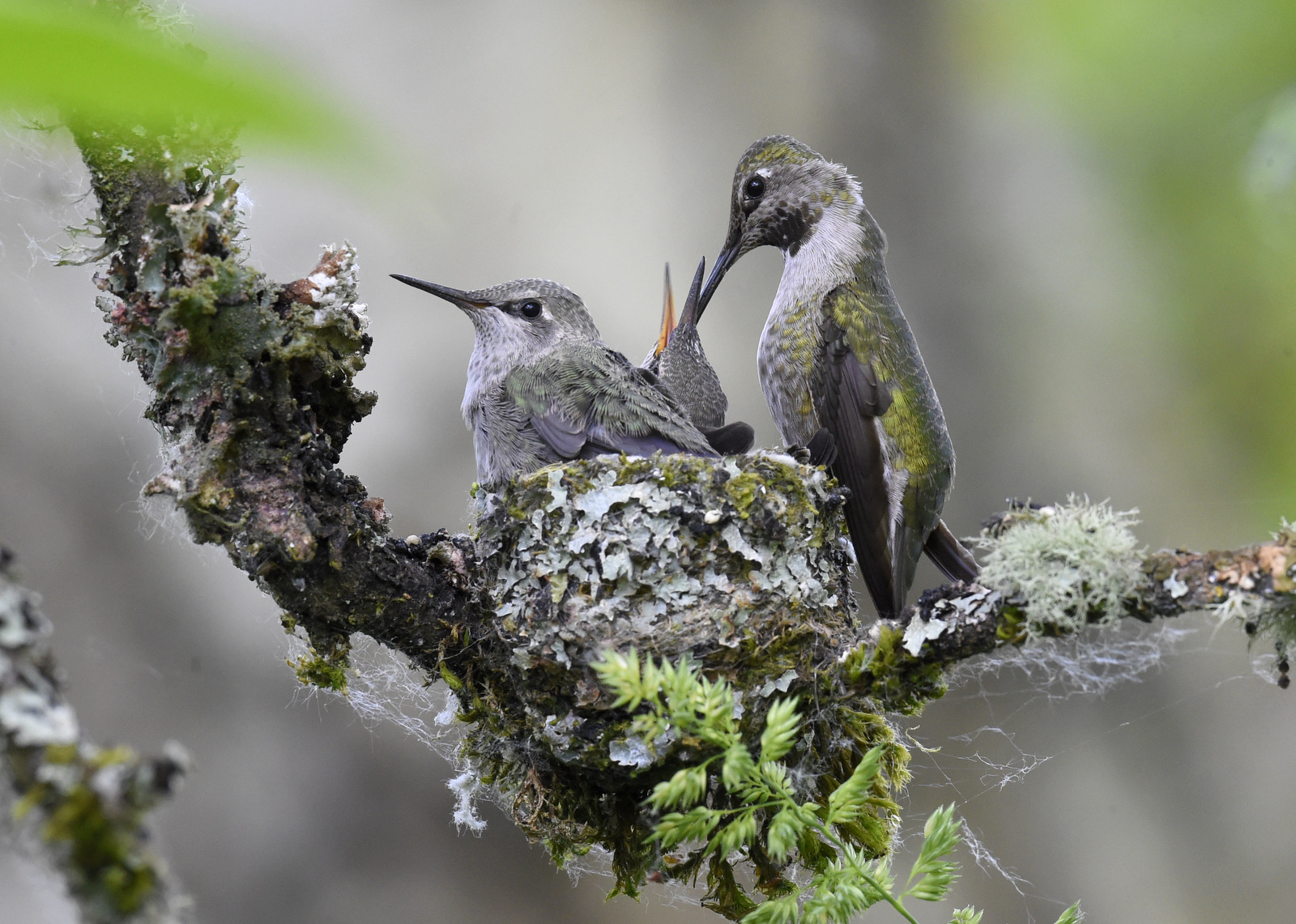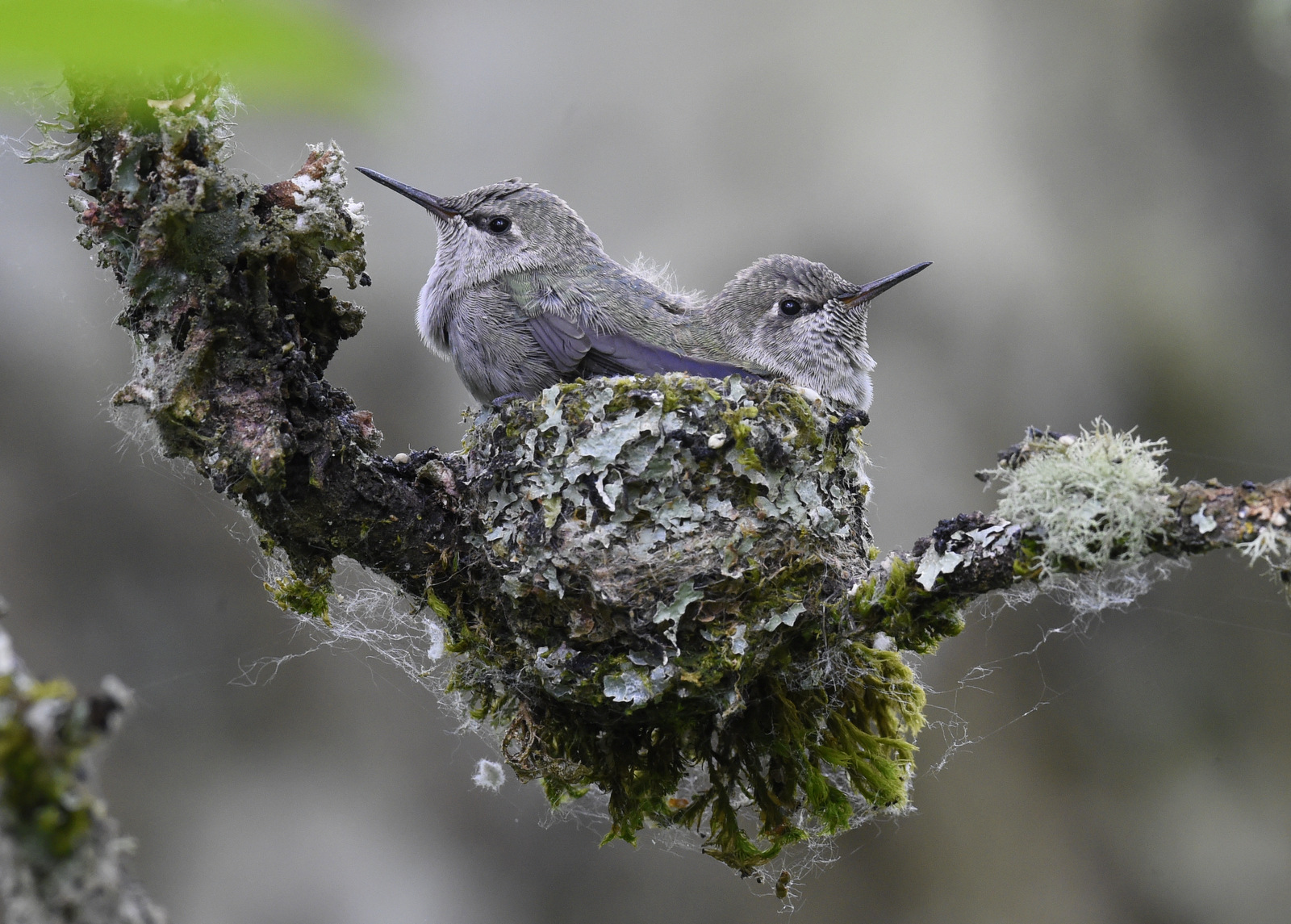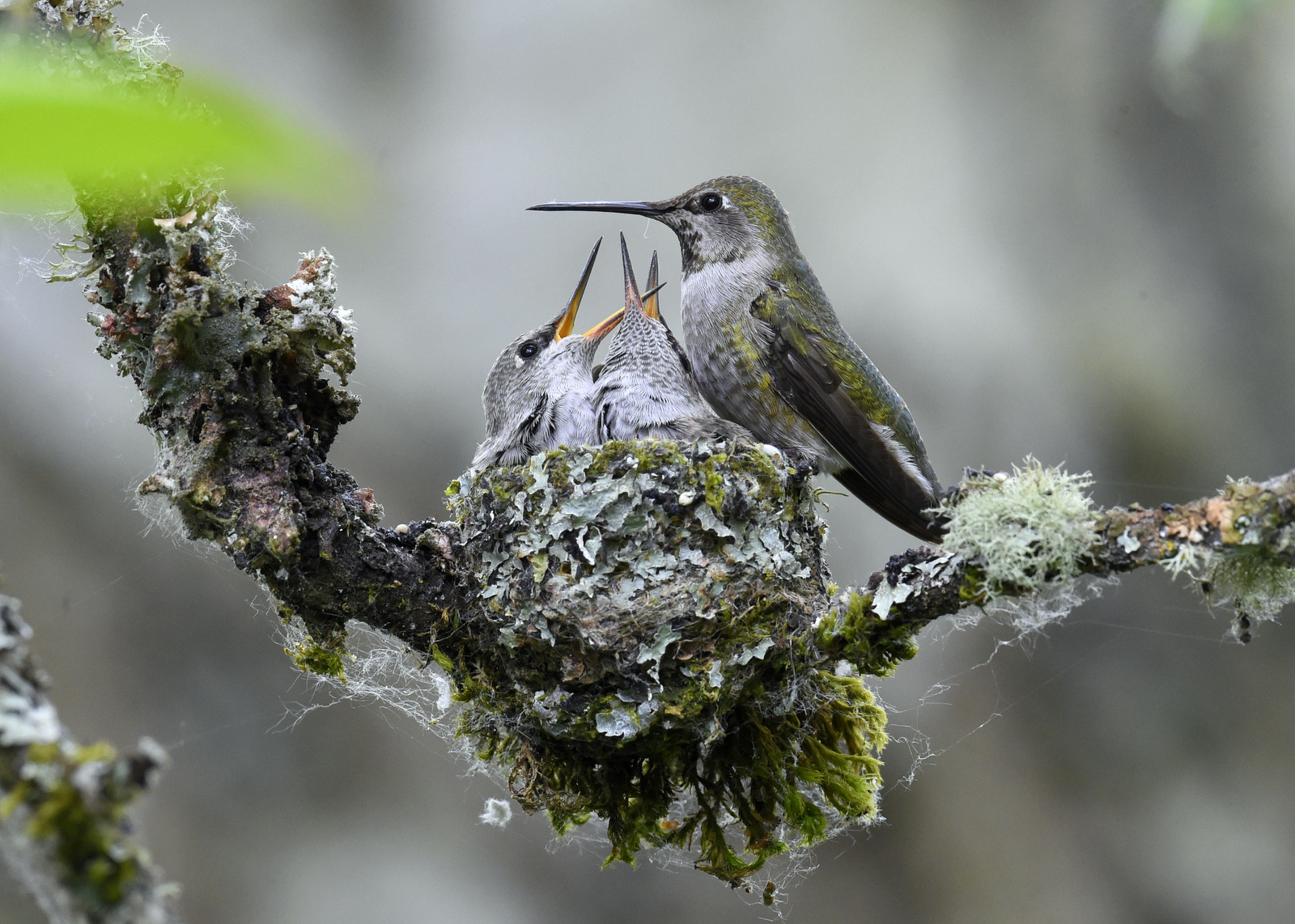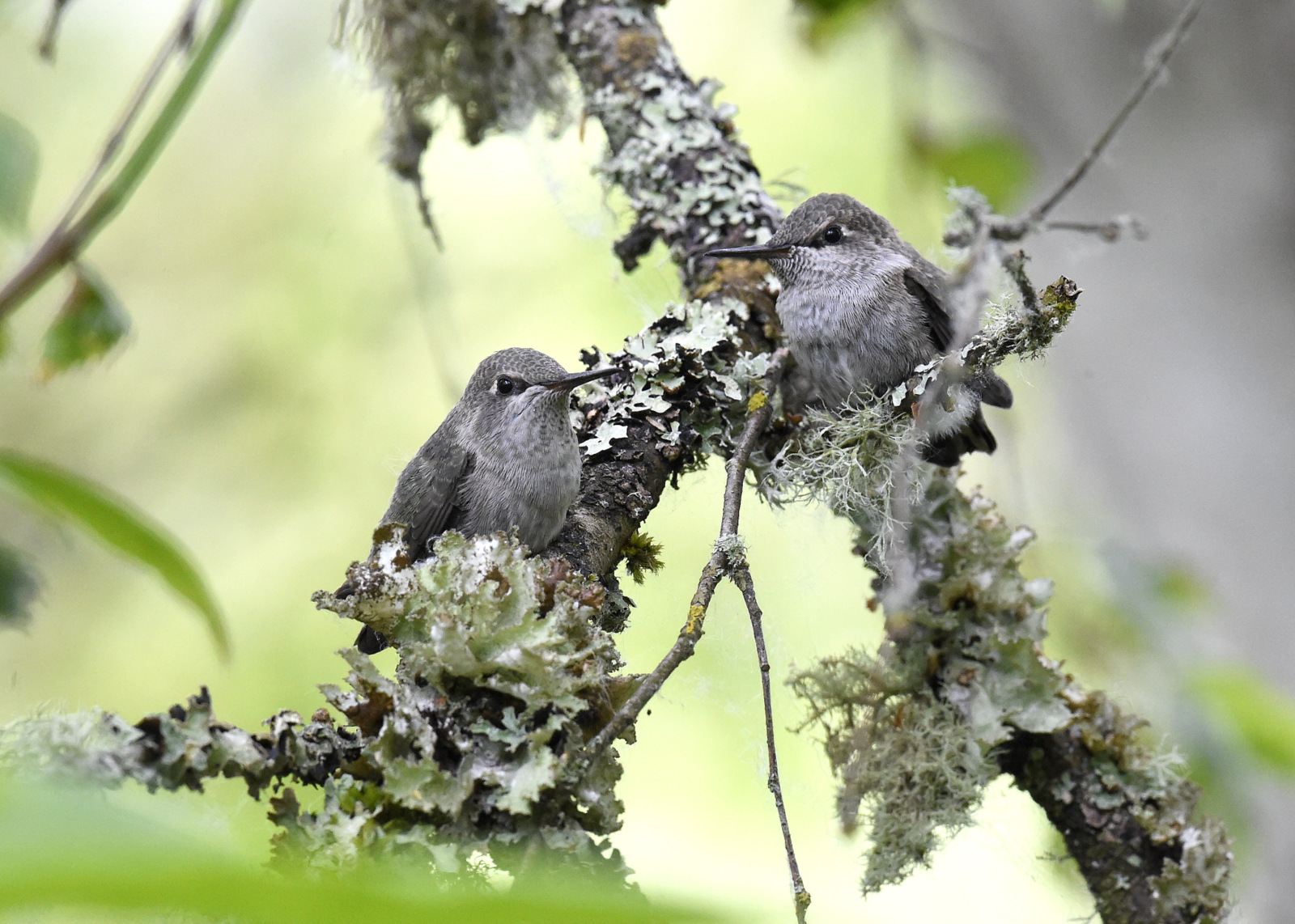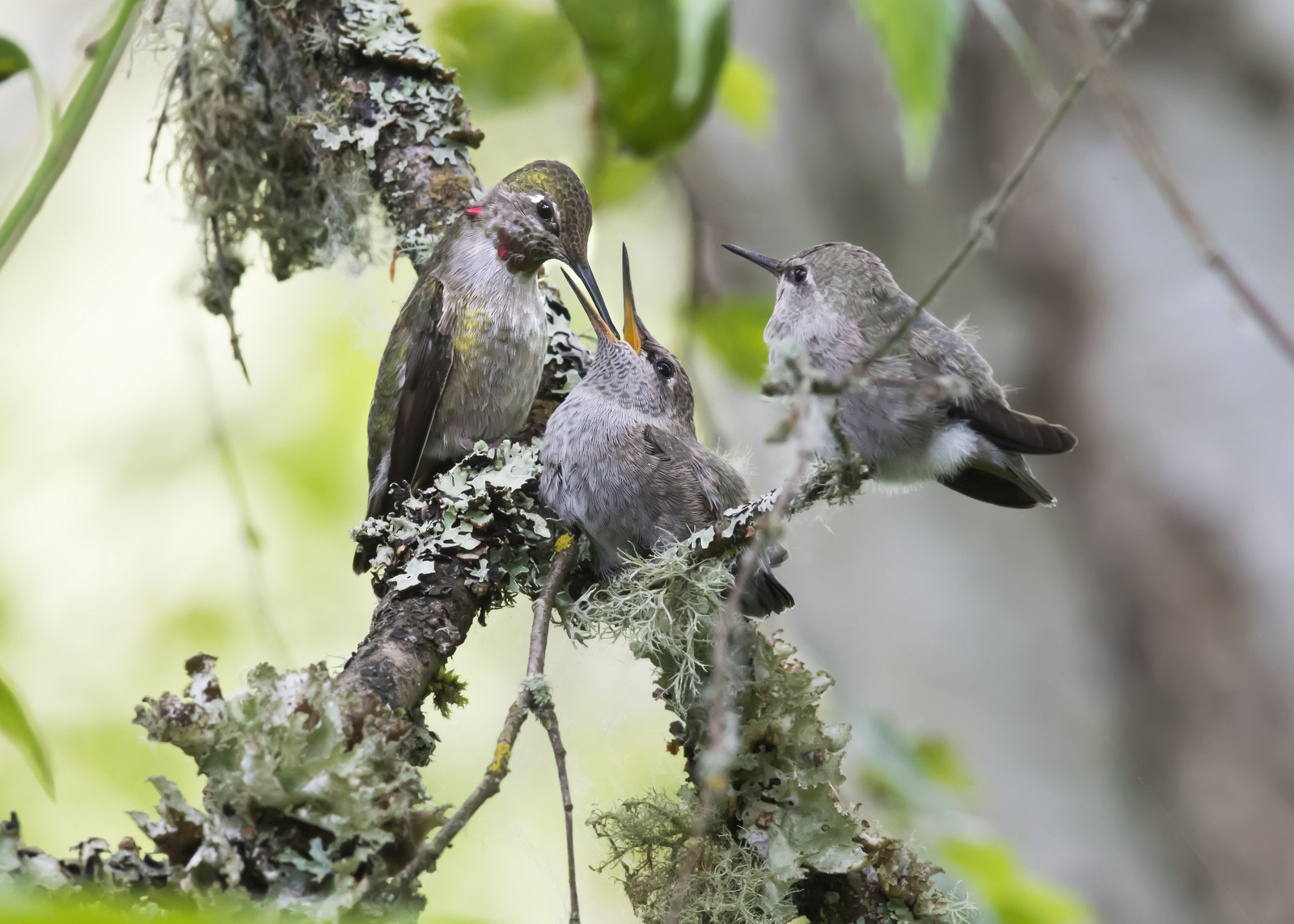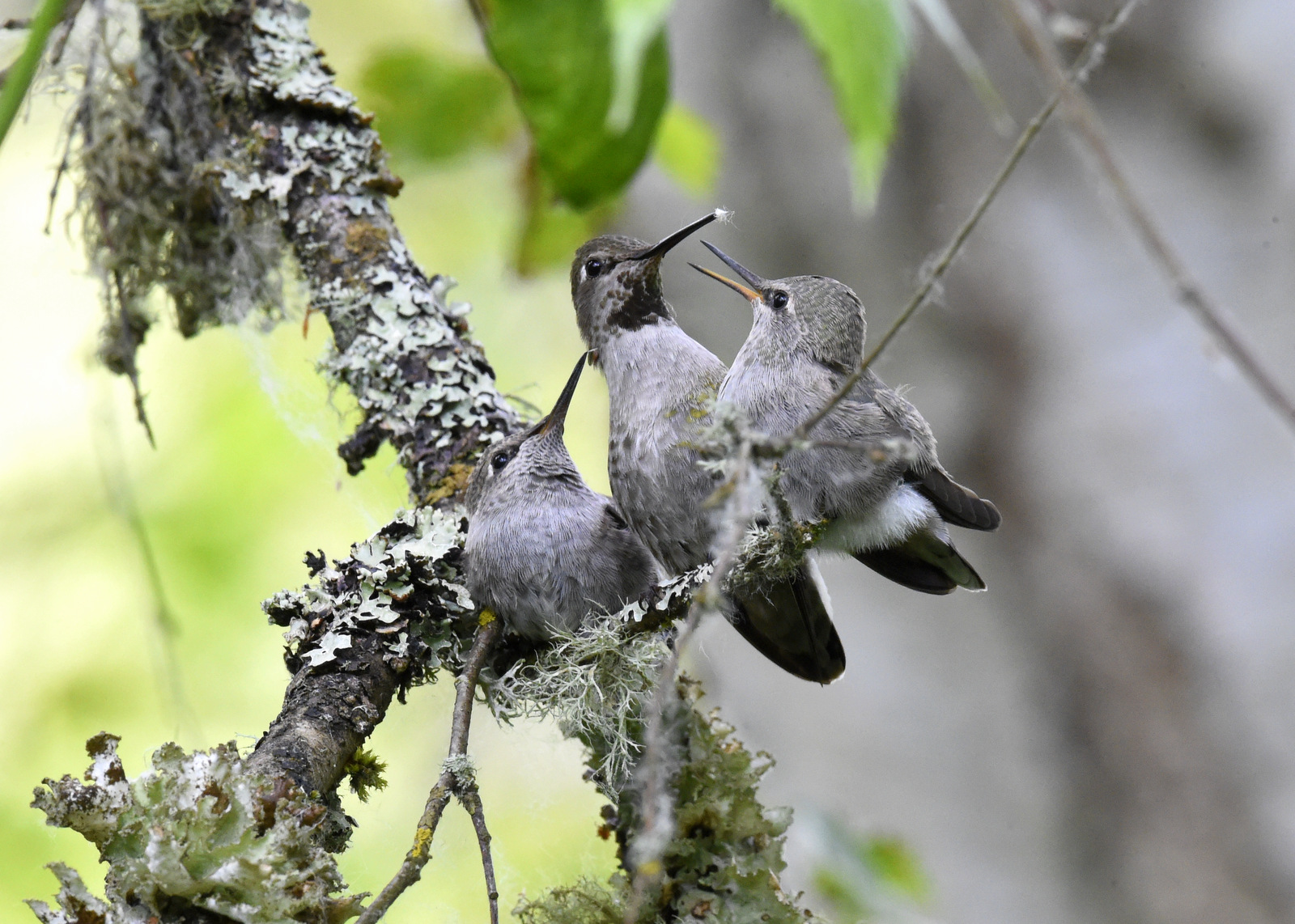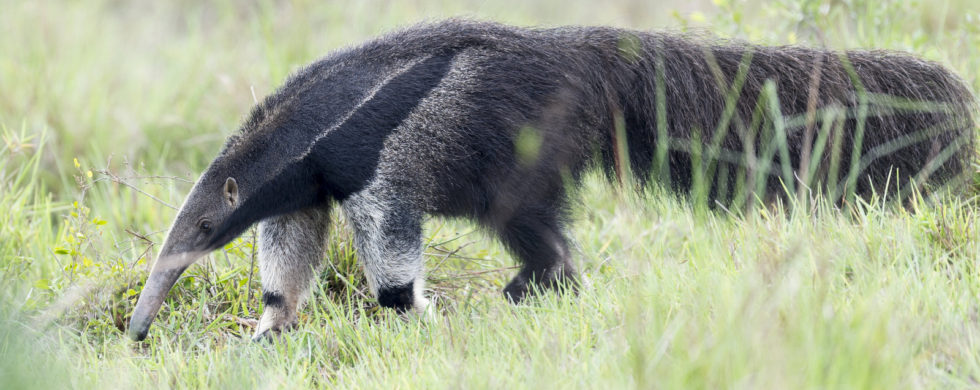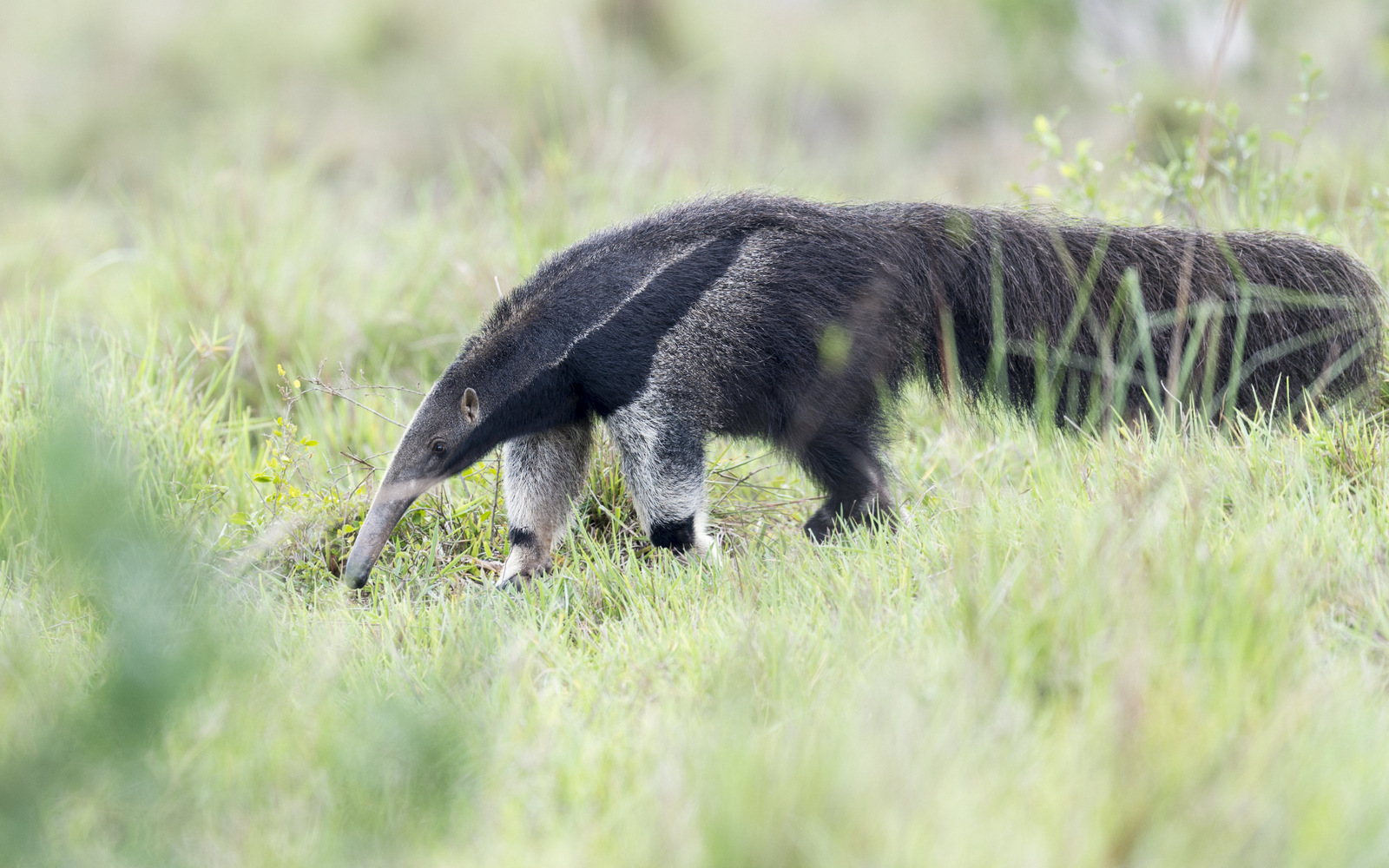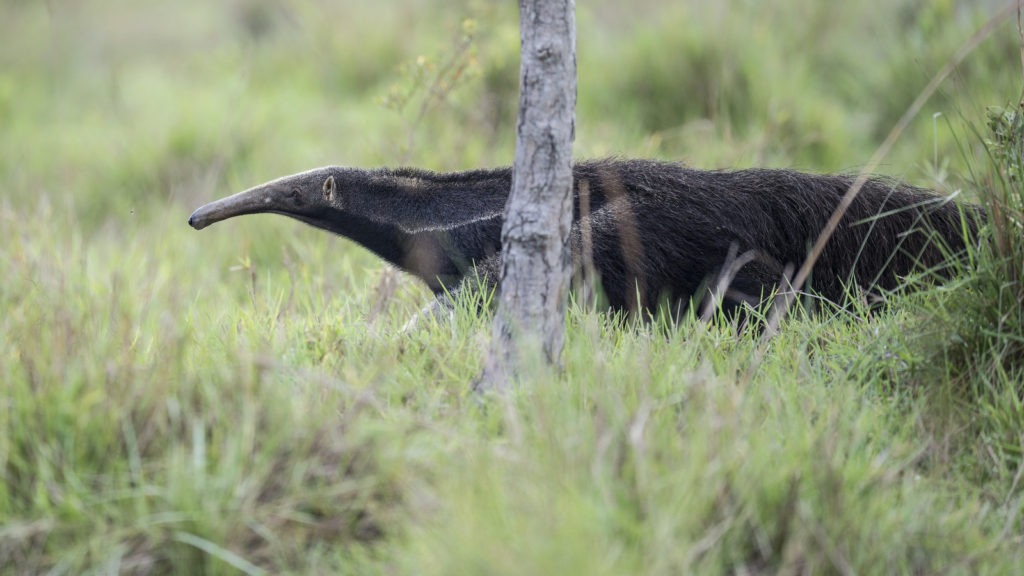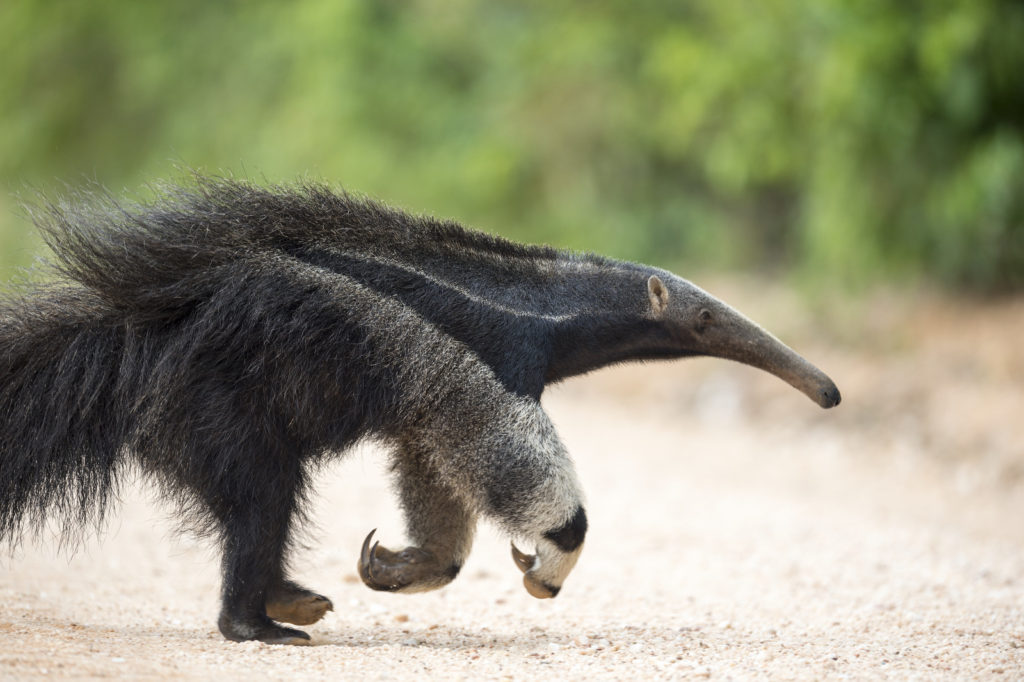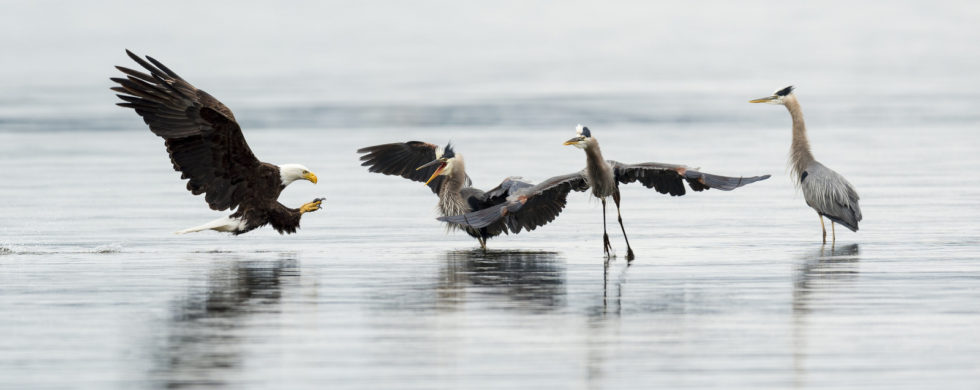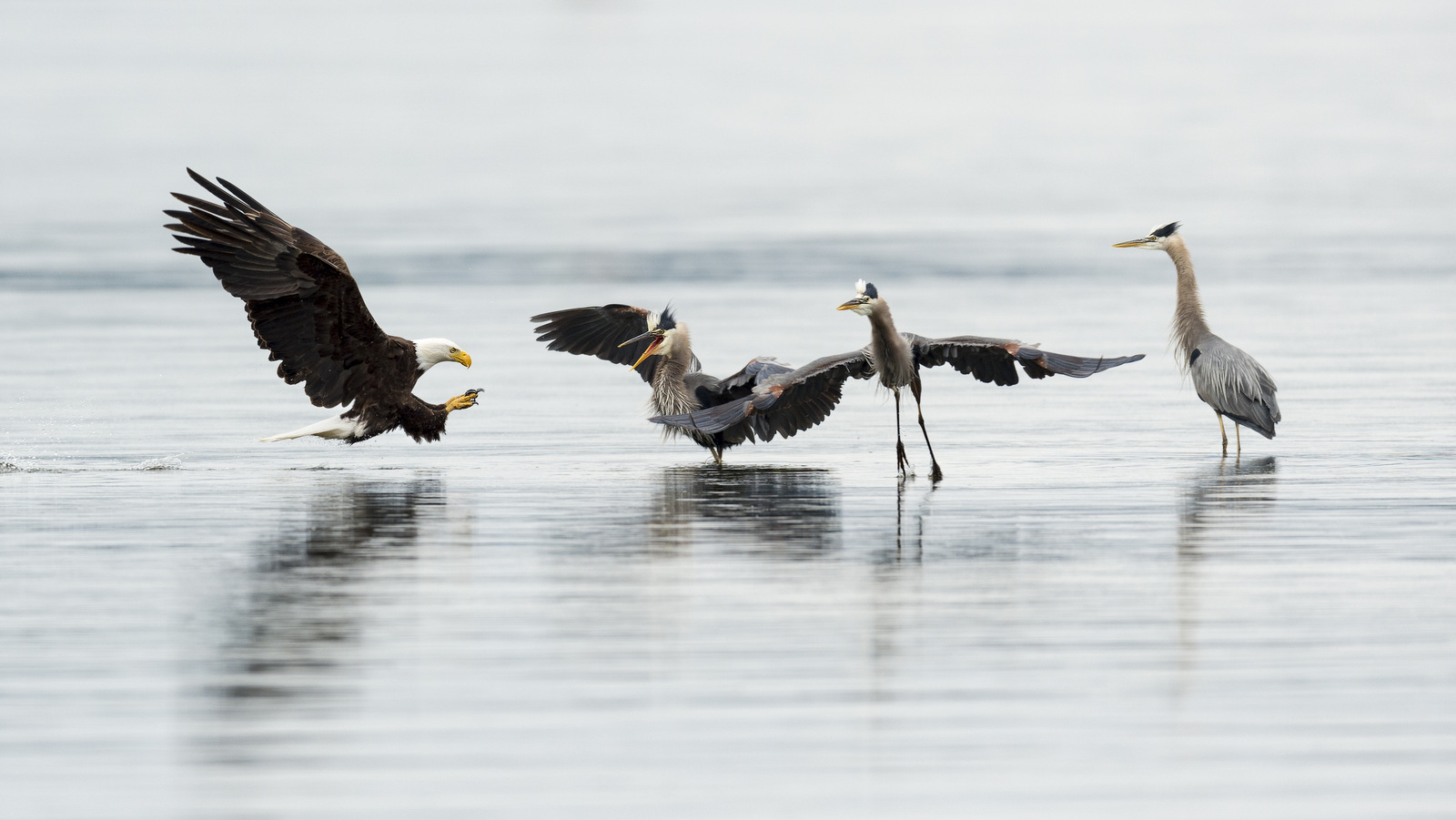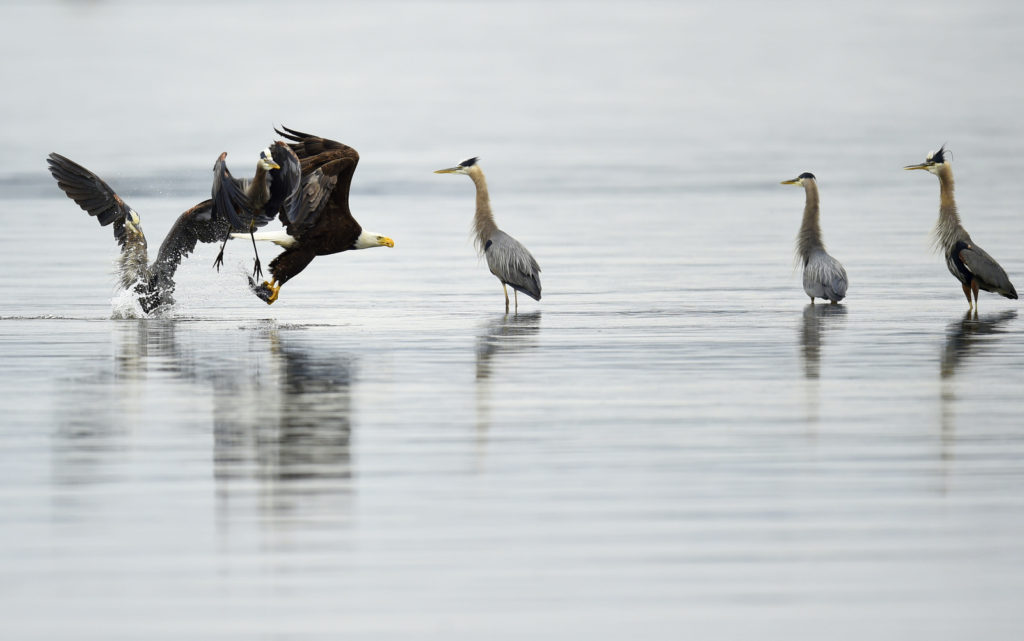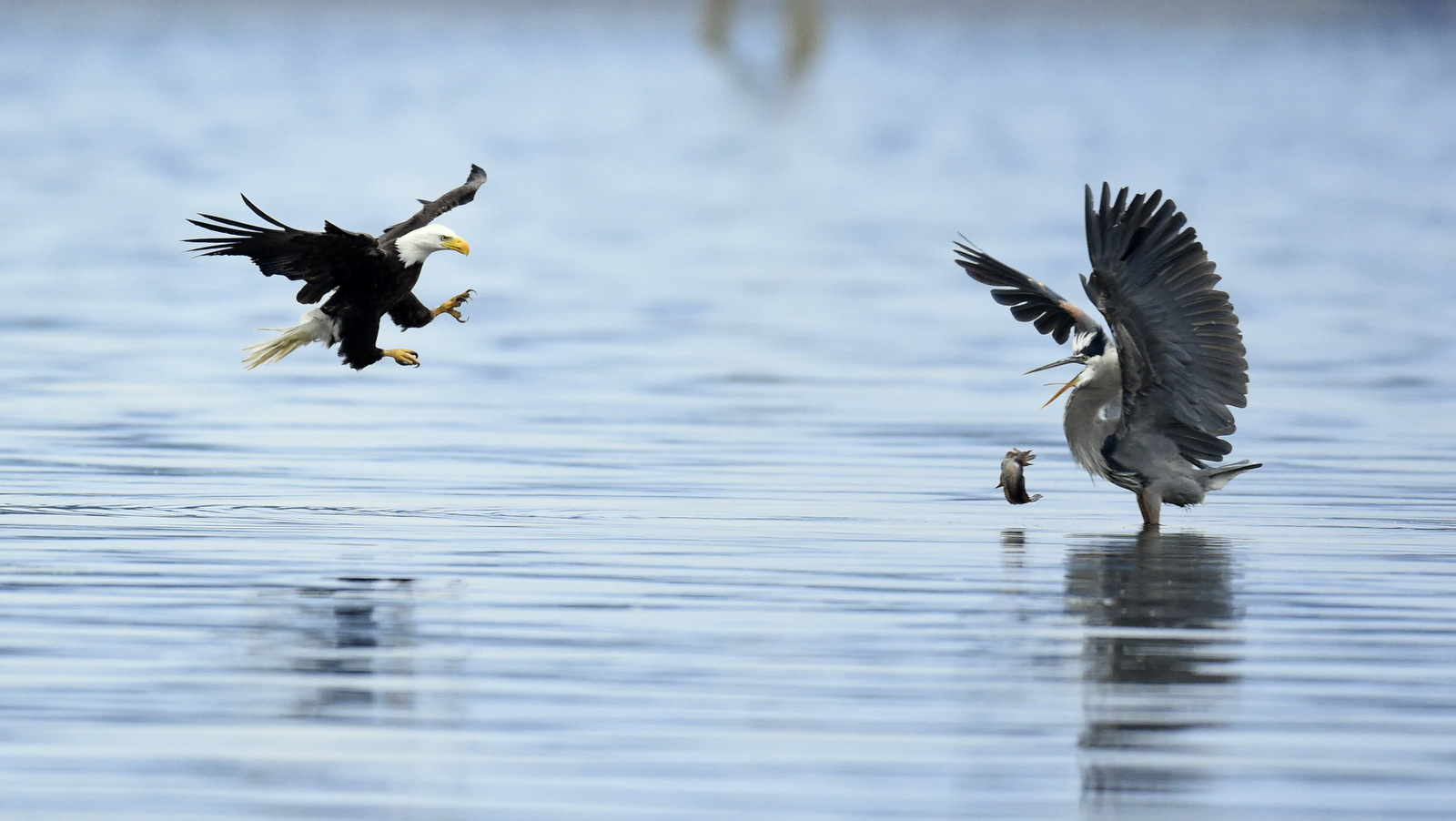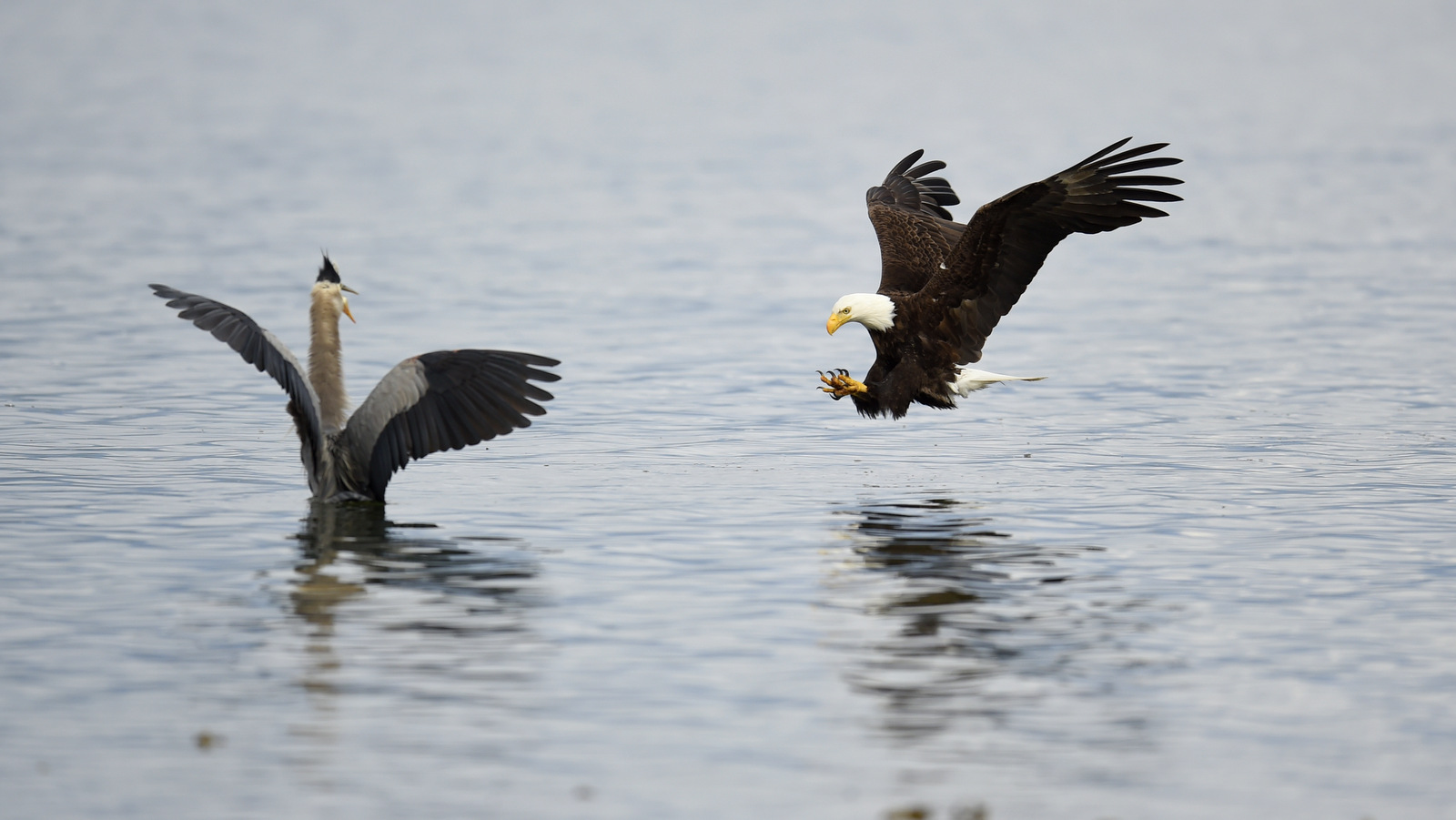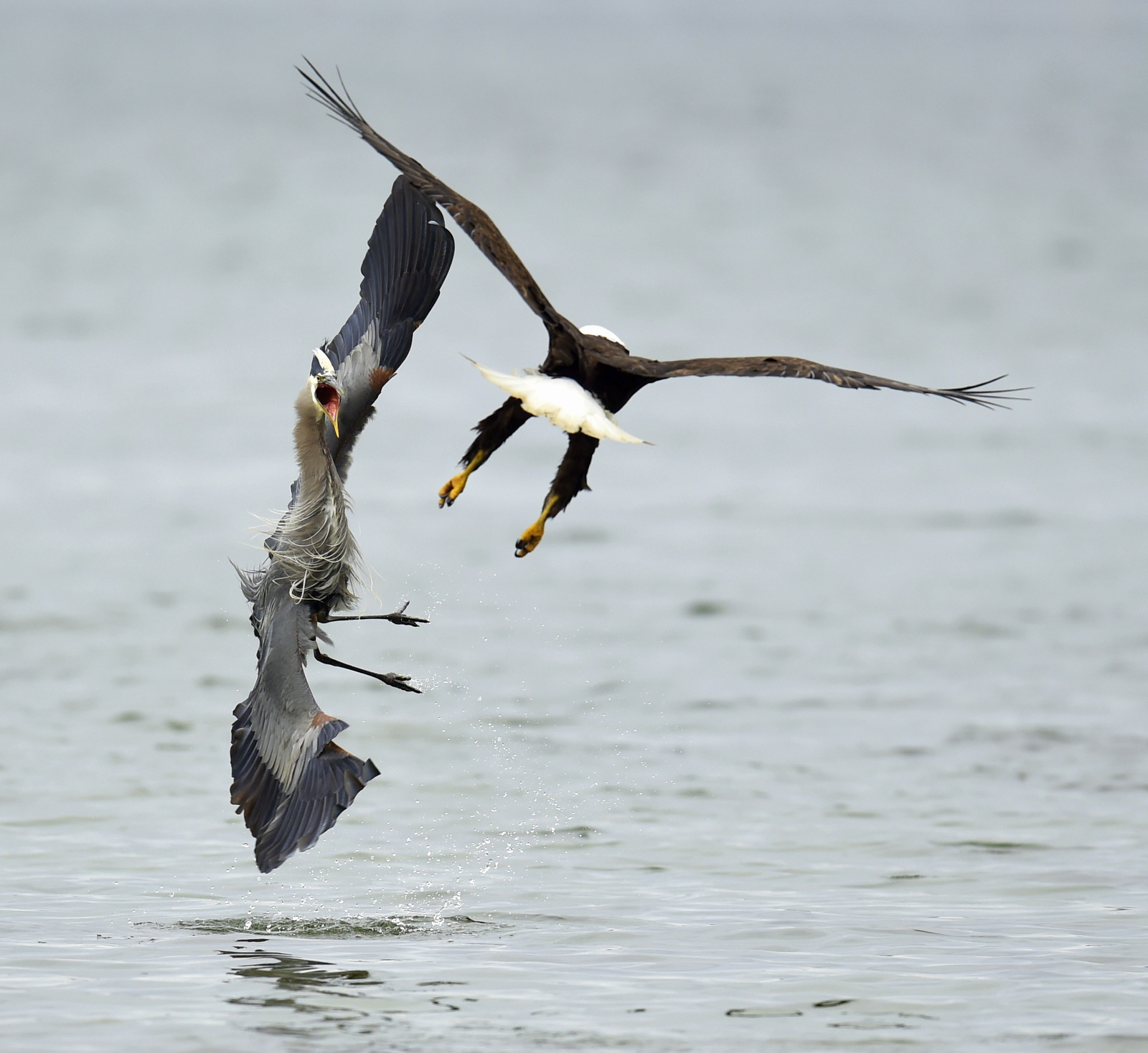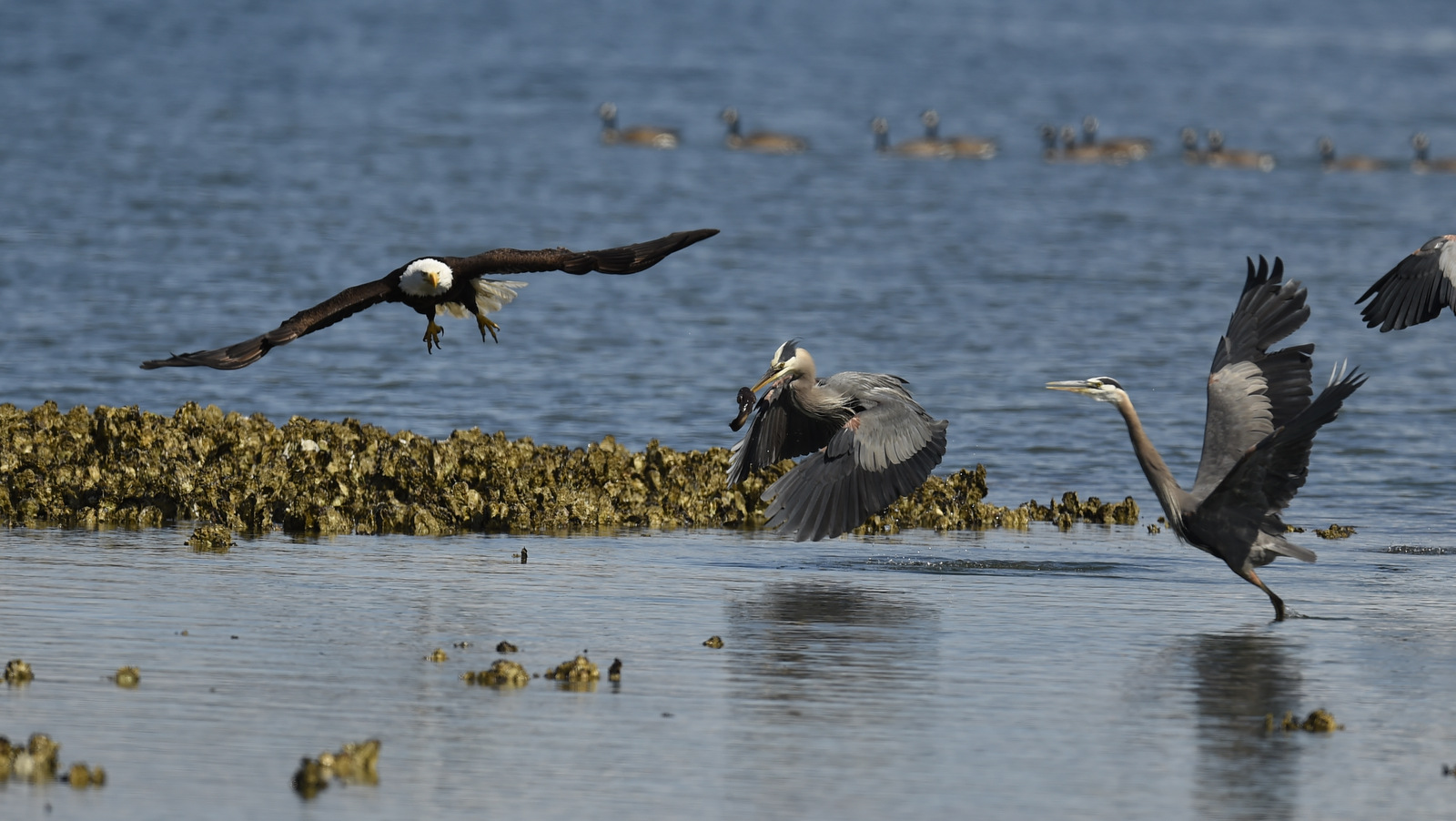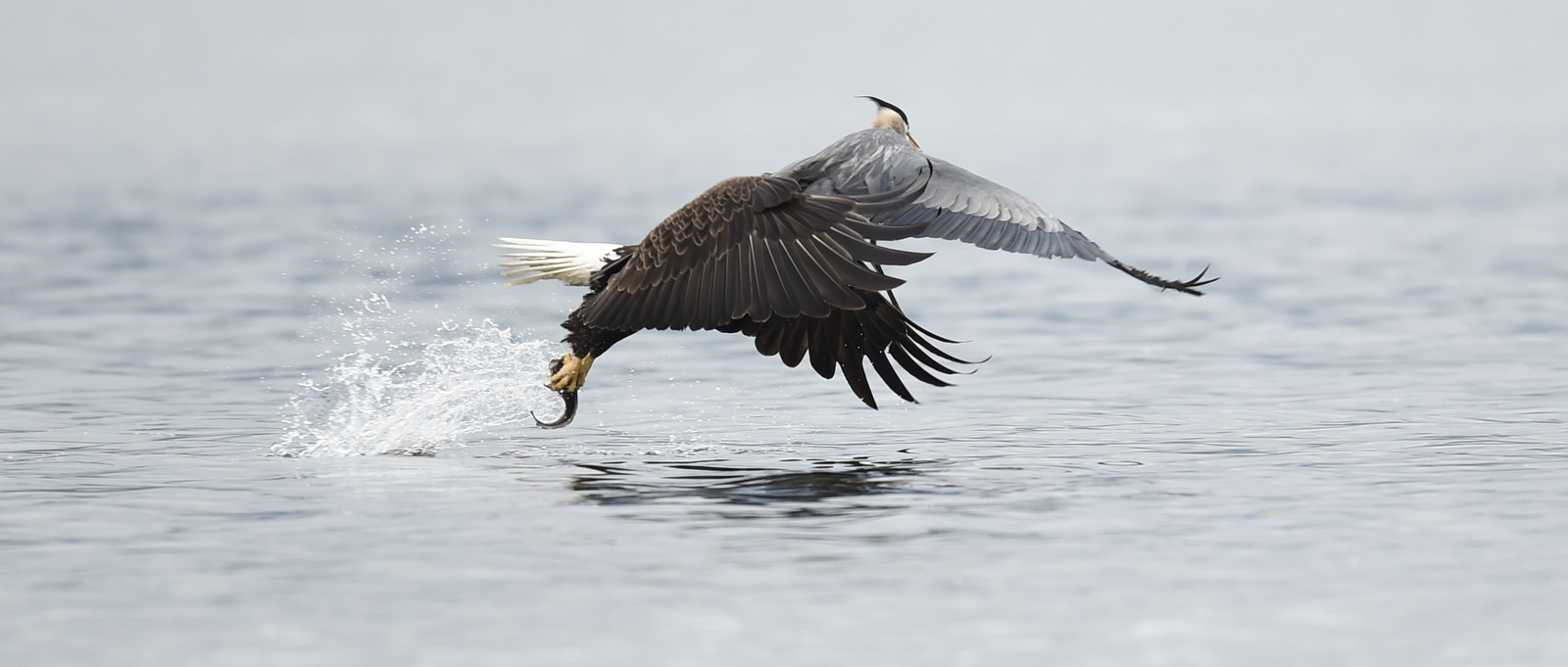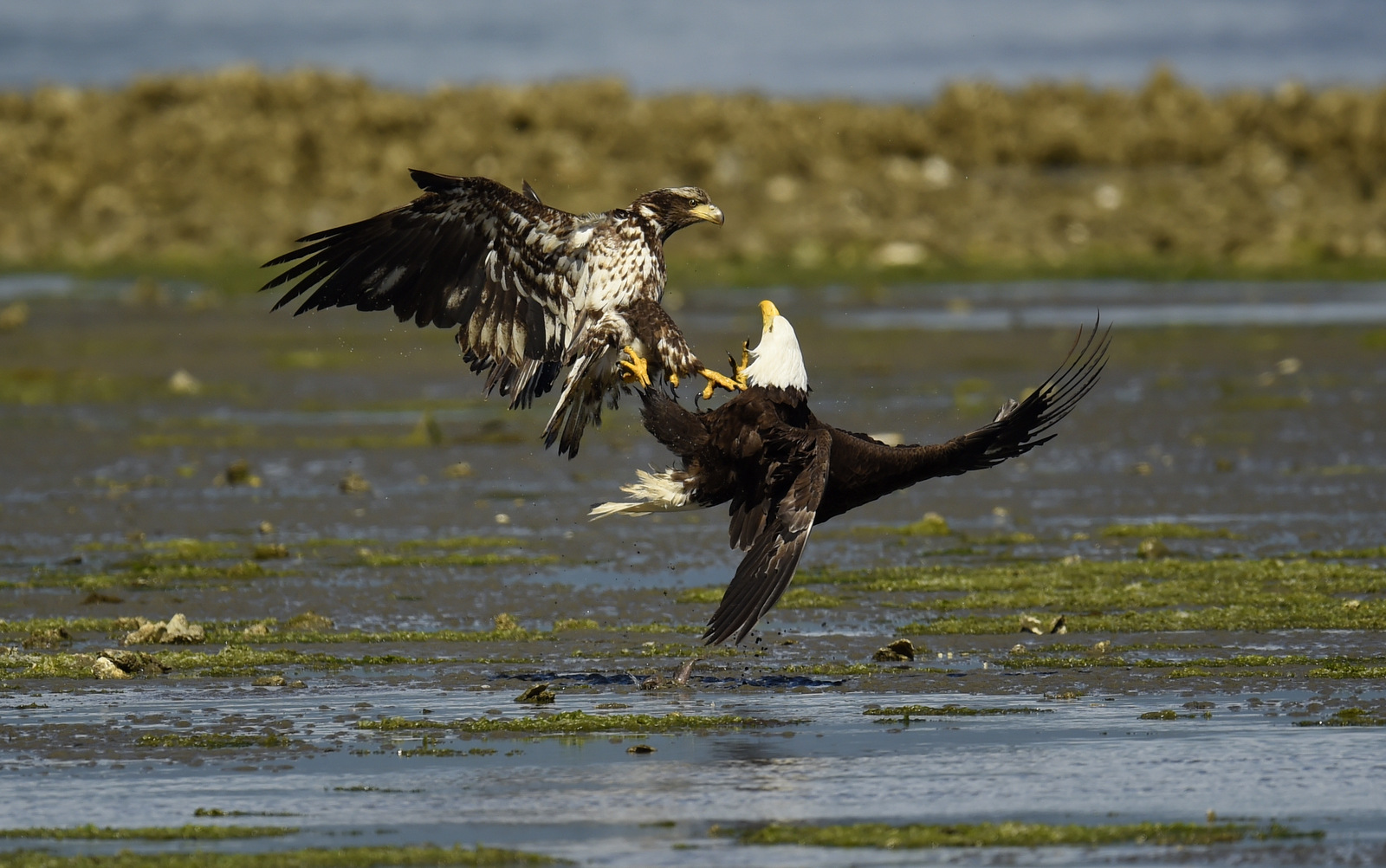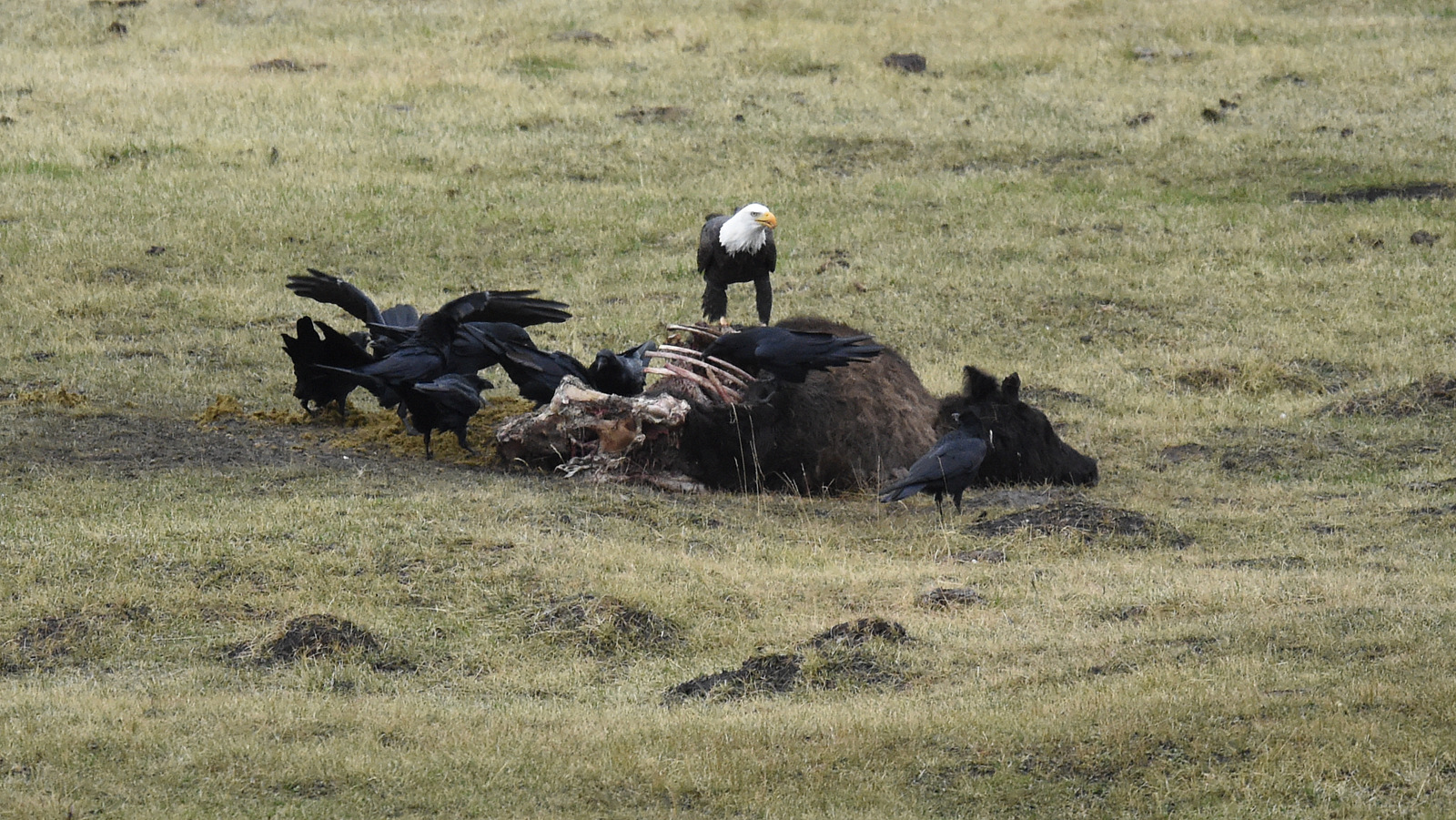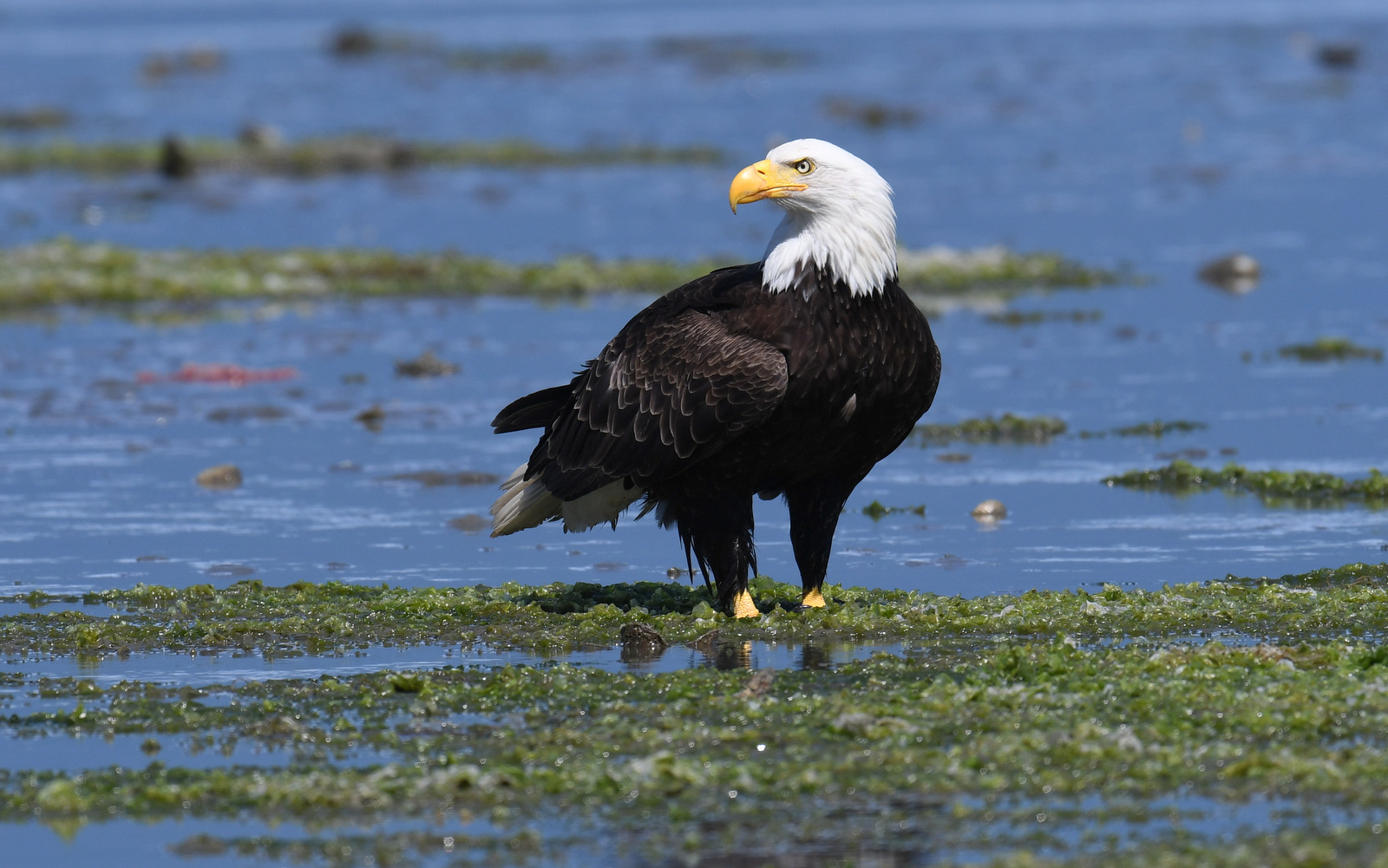31
Shot of the Month – October 2018
While living in Vermont I saw Barred Owls (BOs) a few times but never managed a good image. Ironically, it wasn’t till we moved to Washington State that I captured my first compelling photo of this owl. What’s ironic about this you wonder? Well, BOs are native to eastern North America. These birds were only first seen in eastern Washington in 1965 and in western Washington in 1973! The BOs range expanded dramatically to the west in the second half of the 20th Century.
What caused this sudden migration west? Until the 20th century BOs lived in old, undisturbed forests in eastern North America. Some think that they were restricted from moving into northwestern boreal forests because of frequent forest fires. But with more active fire suppression and tree planting in the Great Plains by humans the owls were able to spread northward and westward. These are the leading theories but no one knows for sure where the truth lies.
What we do know is that this western movement has been a disaster for the spotted owl – a natural resident of forests in British Columbia, Washington, Oregon, and California. The spotted owl, already in trouble from logging, is a bit smaller and less aggressive than the BO. The spotted owls are losing the fight with their bigger cousins and numbers are dropping.
Forest managers are now facing a brutal ethical dilemma — what to do with this “invasive species” that is helping cause the extinction of another owl? The spotted owl is listed as threatened under the Endangered Species Act and the government is responsible for taking action to protect them. Since 2013 the US Fish and Wildlife Service has been testing to see if controlled killing of barred owls in limited areas helps allow the spotted owl population to recover. Here is a good article on the gut-wrenching conundrum.
Do we kill Barred Owls, forever, to give the spotted owl a fighting chance to not go extinct? Do we simply stand by and let the spotted owl die off, even though we may have helped facilitate the invasion by another other owl?
Given our track record of wrecking nature with our “good intentions,” I vote that we stand aside and let the owls work it out and hope that the spotted owl can find a way to coexist with his bigger cousin. I have more faith in Mother Nature’s wisdom…….
All the best….michael
Nikon D4S, Sigma 1500-600mm C (@450mm), f/6, 1/250 sec, ISO 6400

